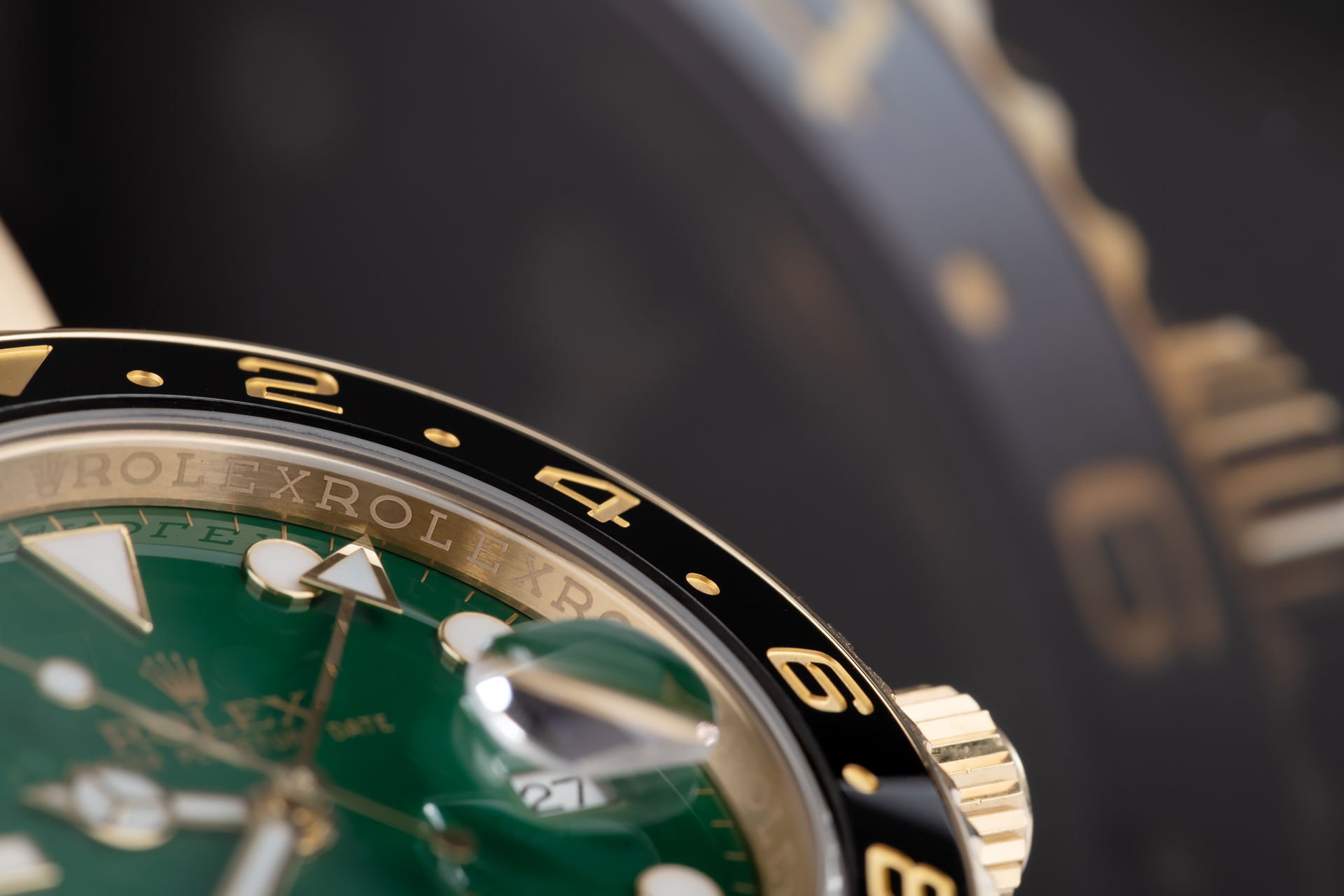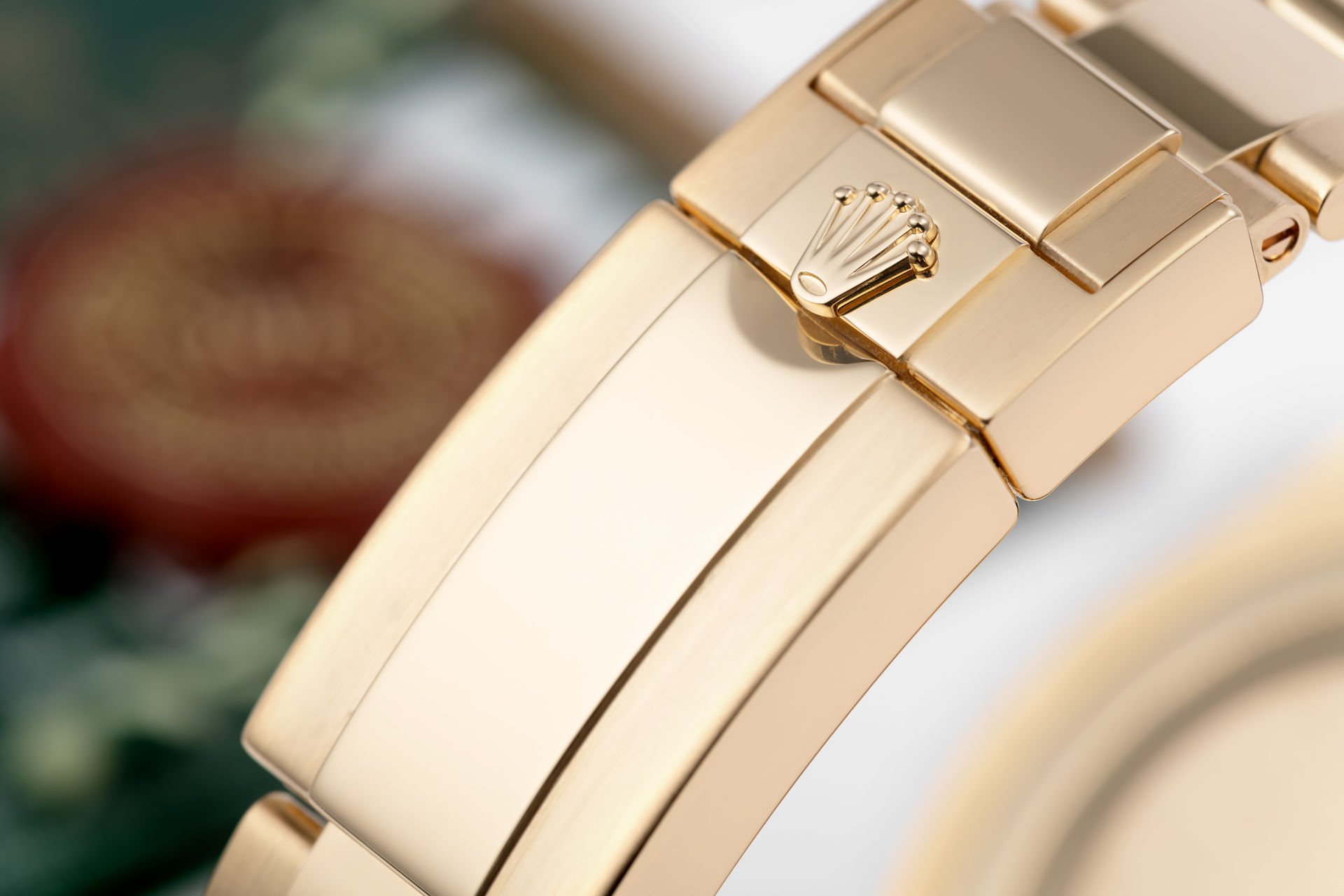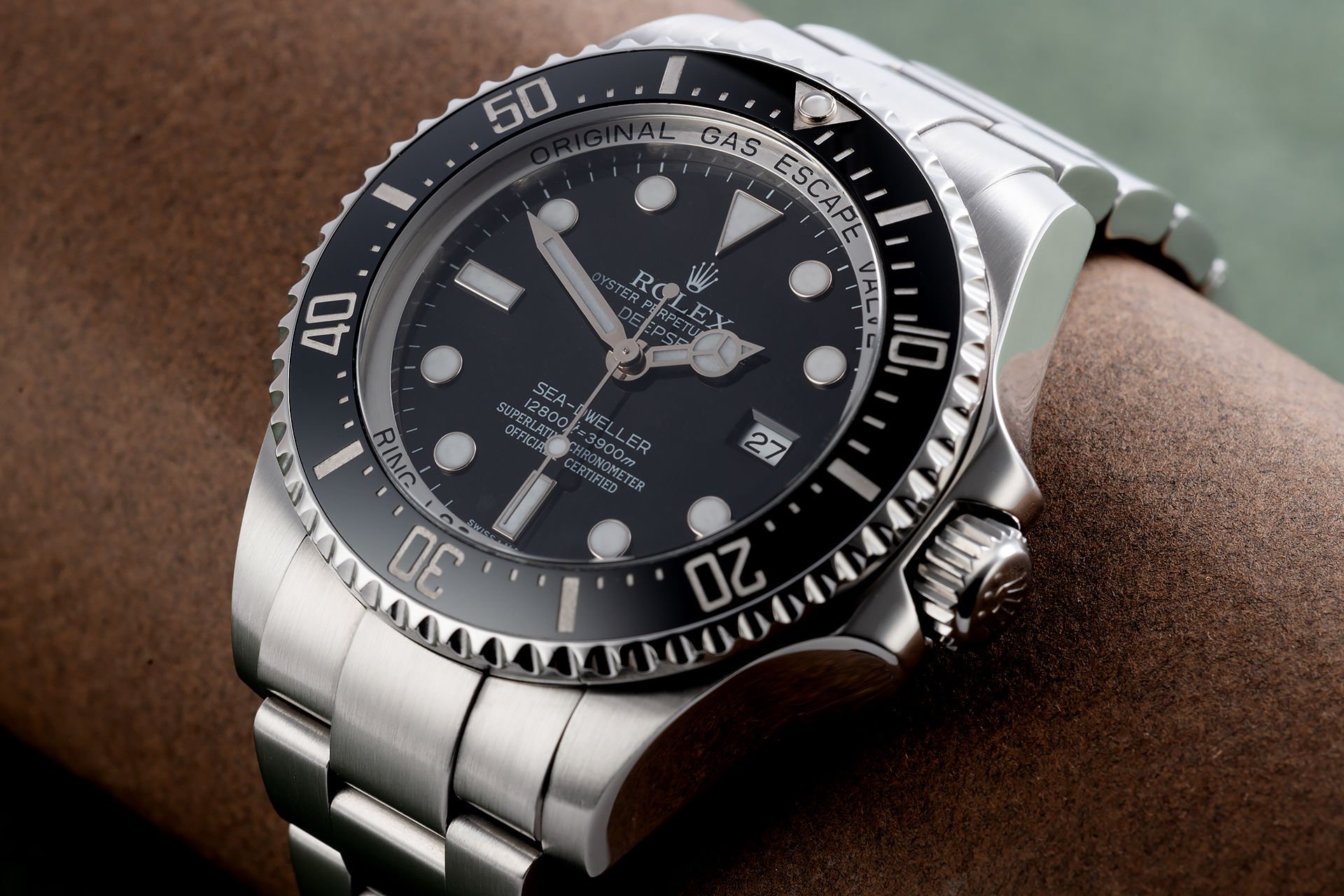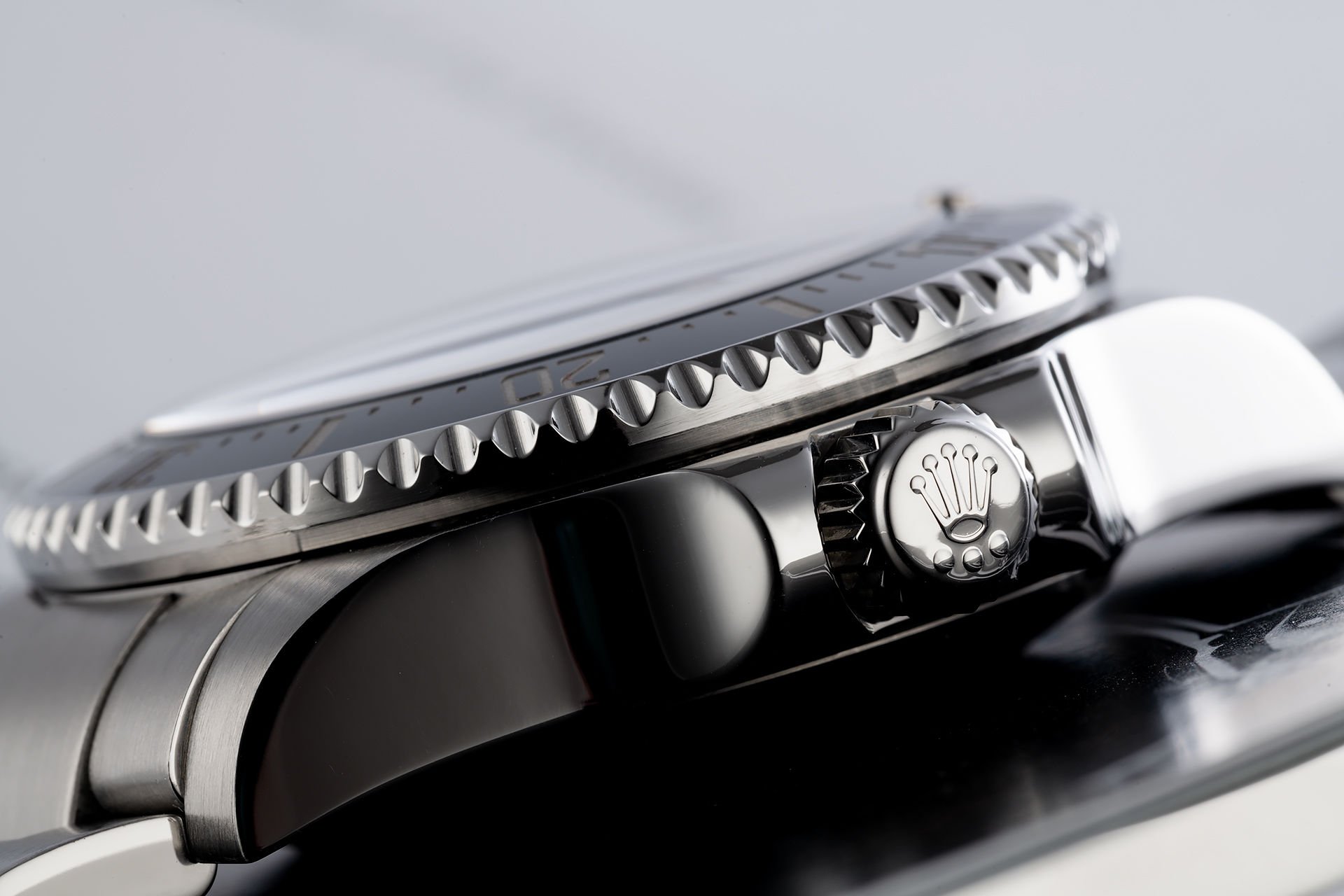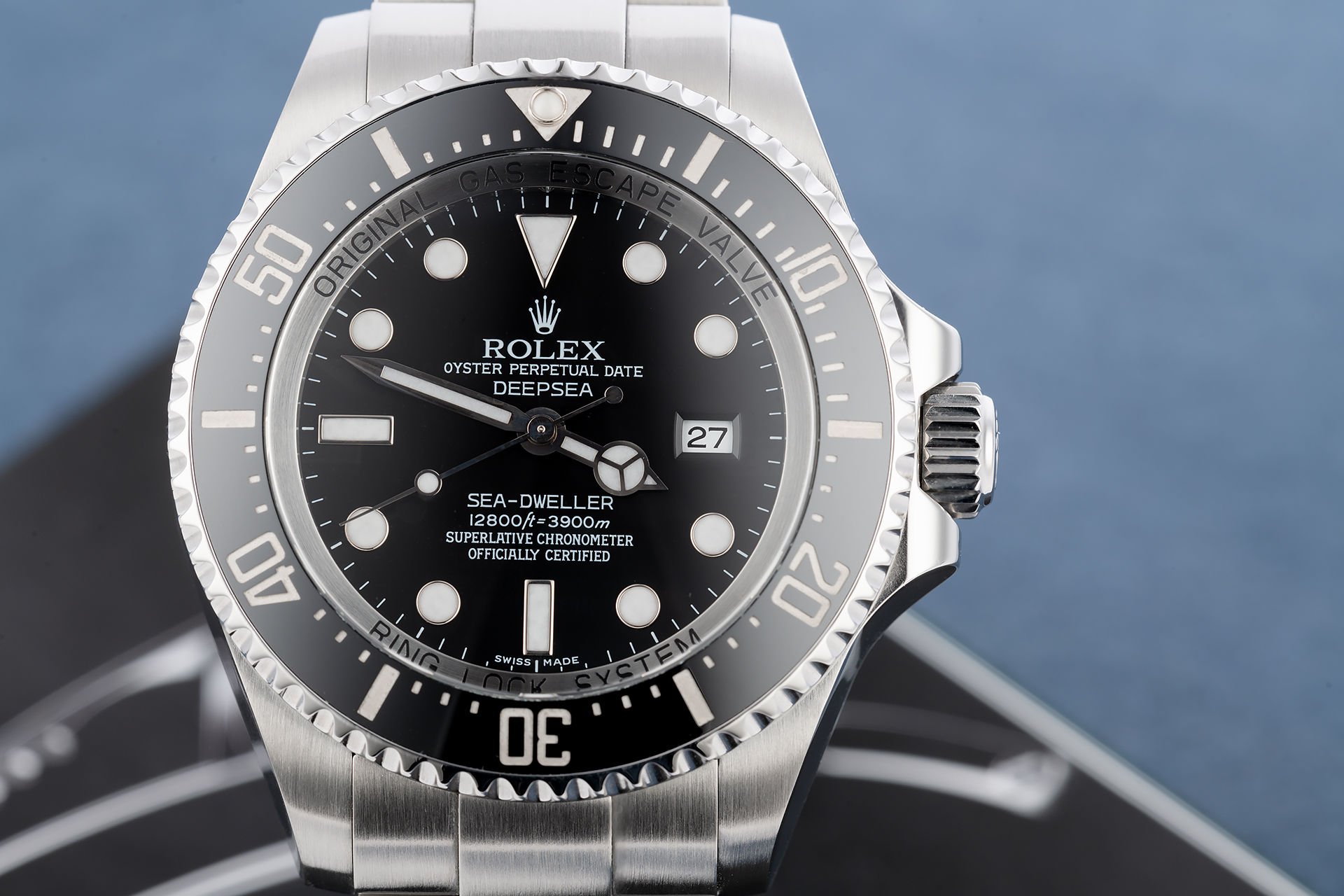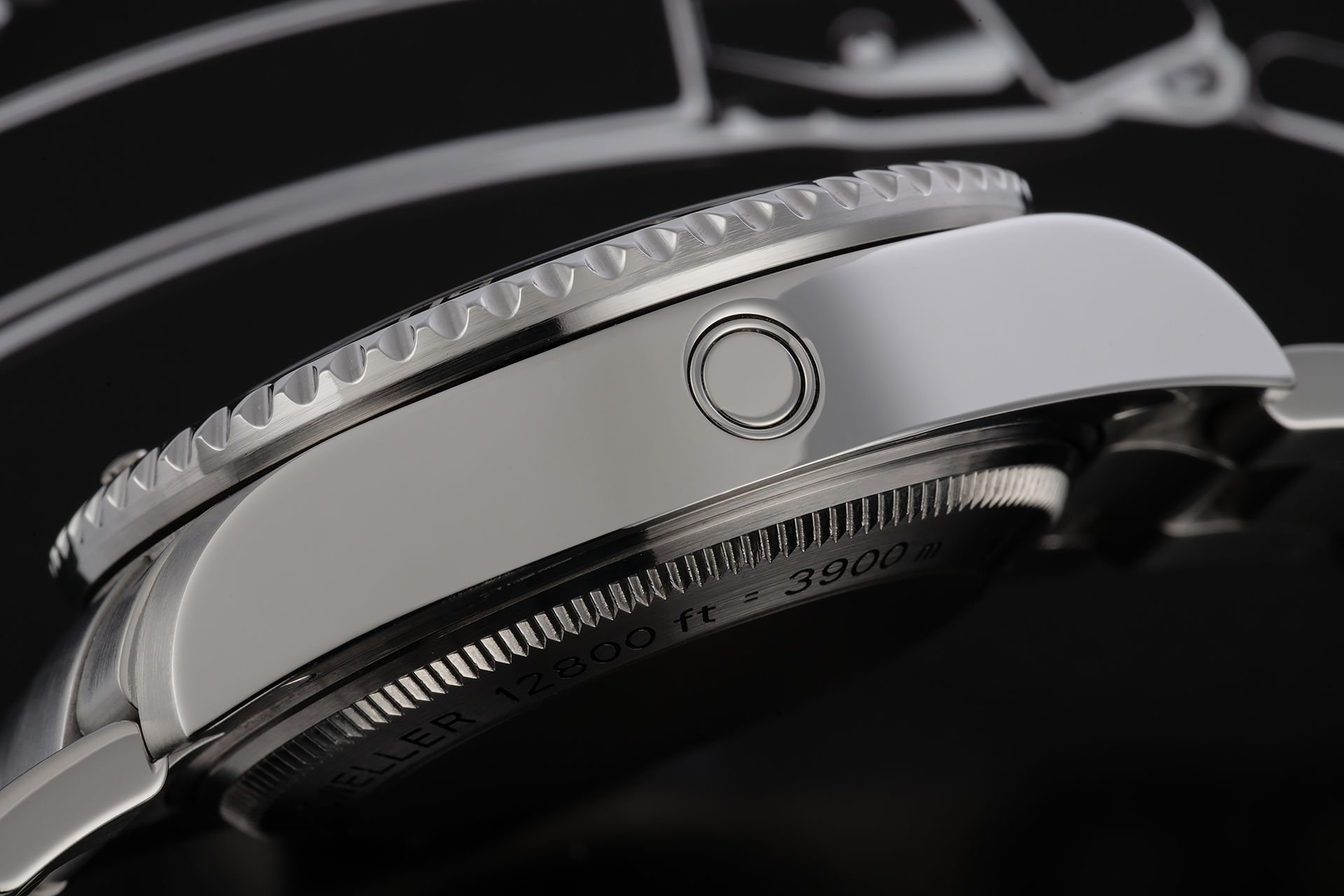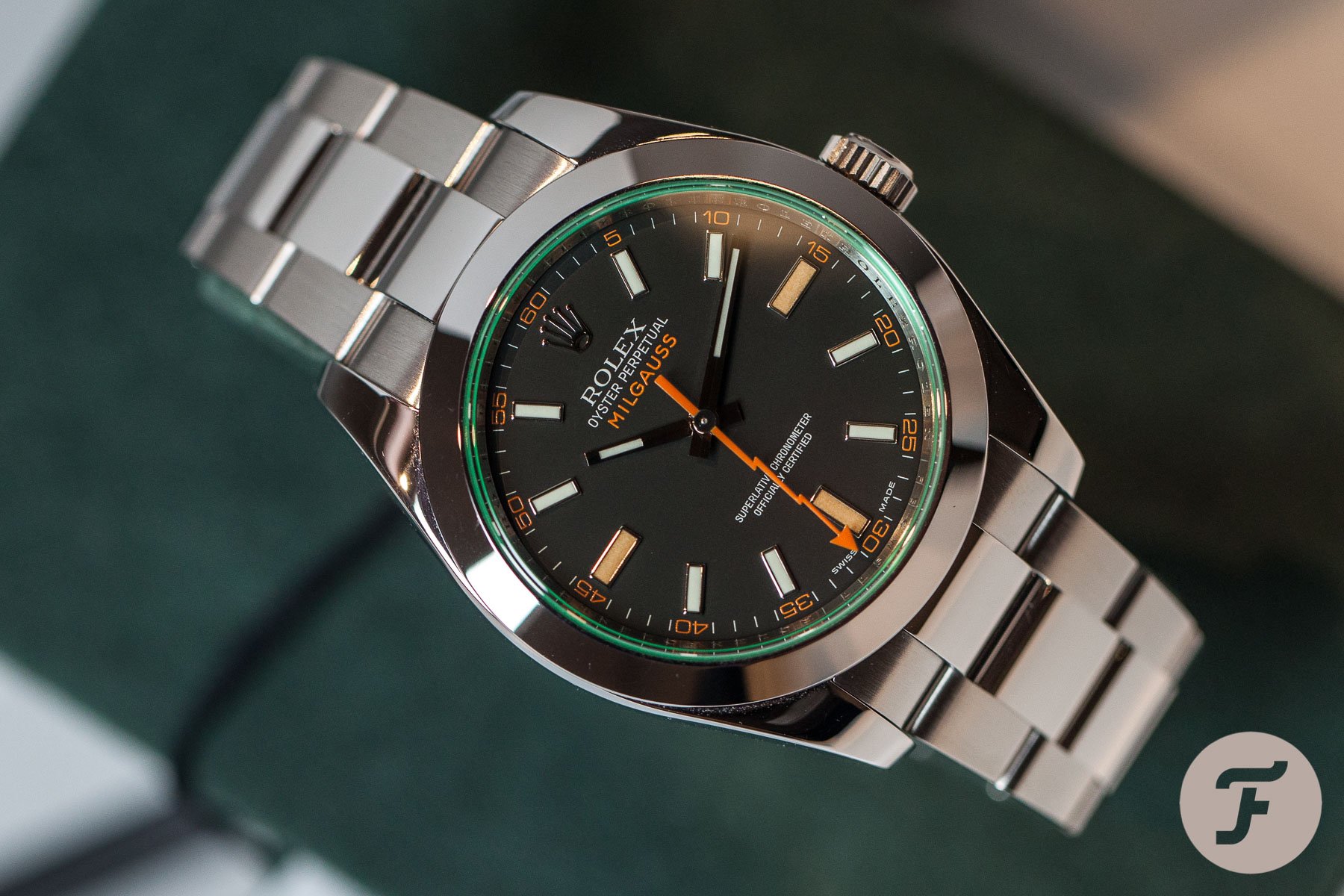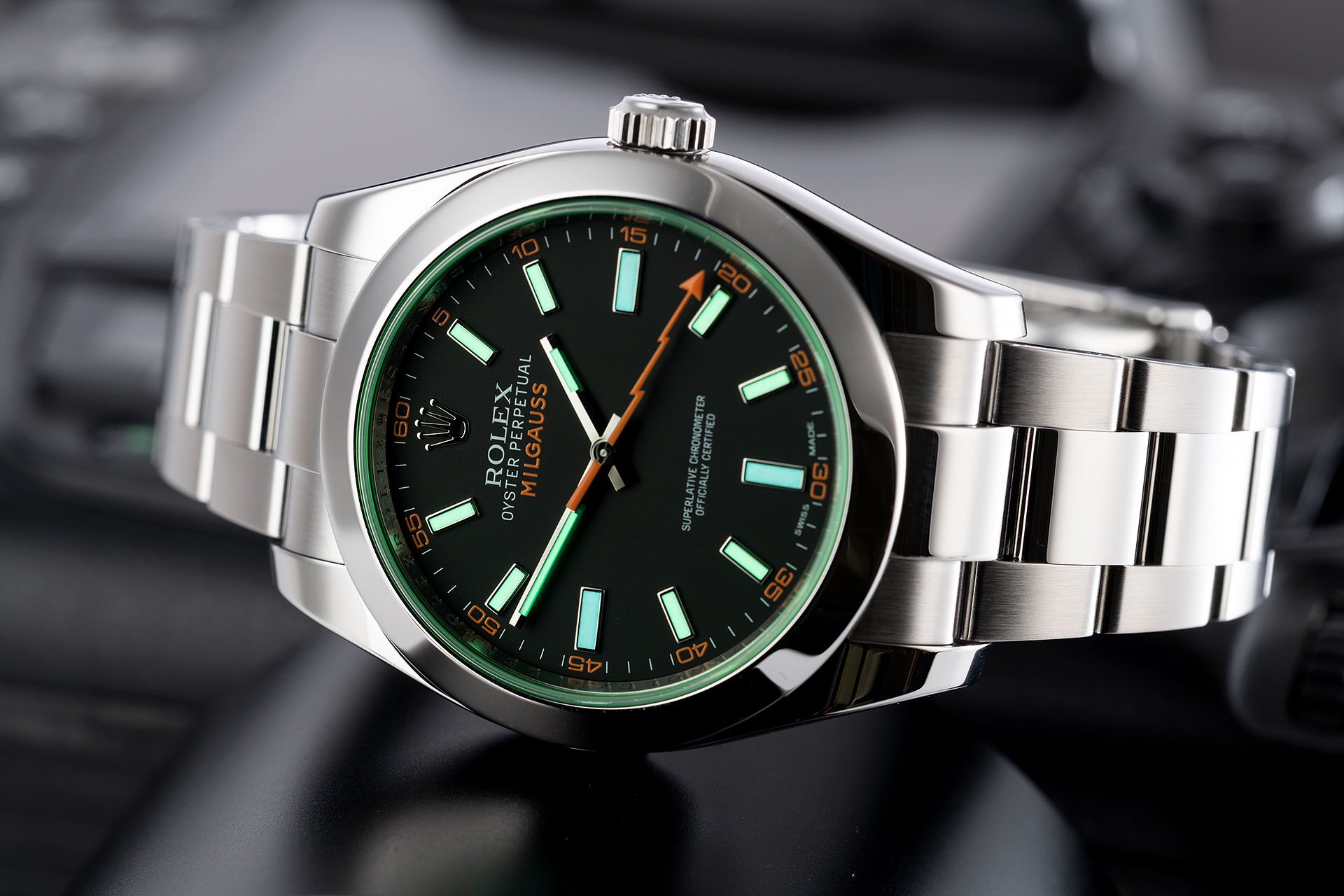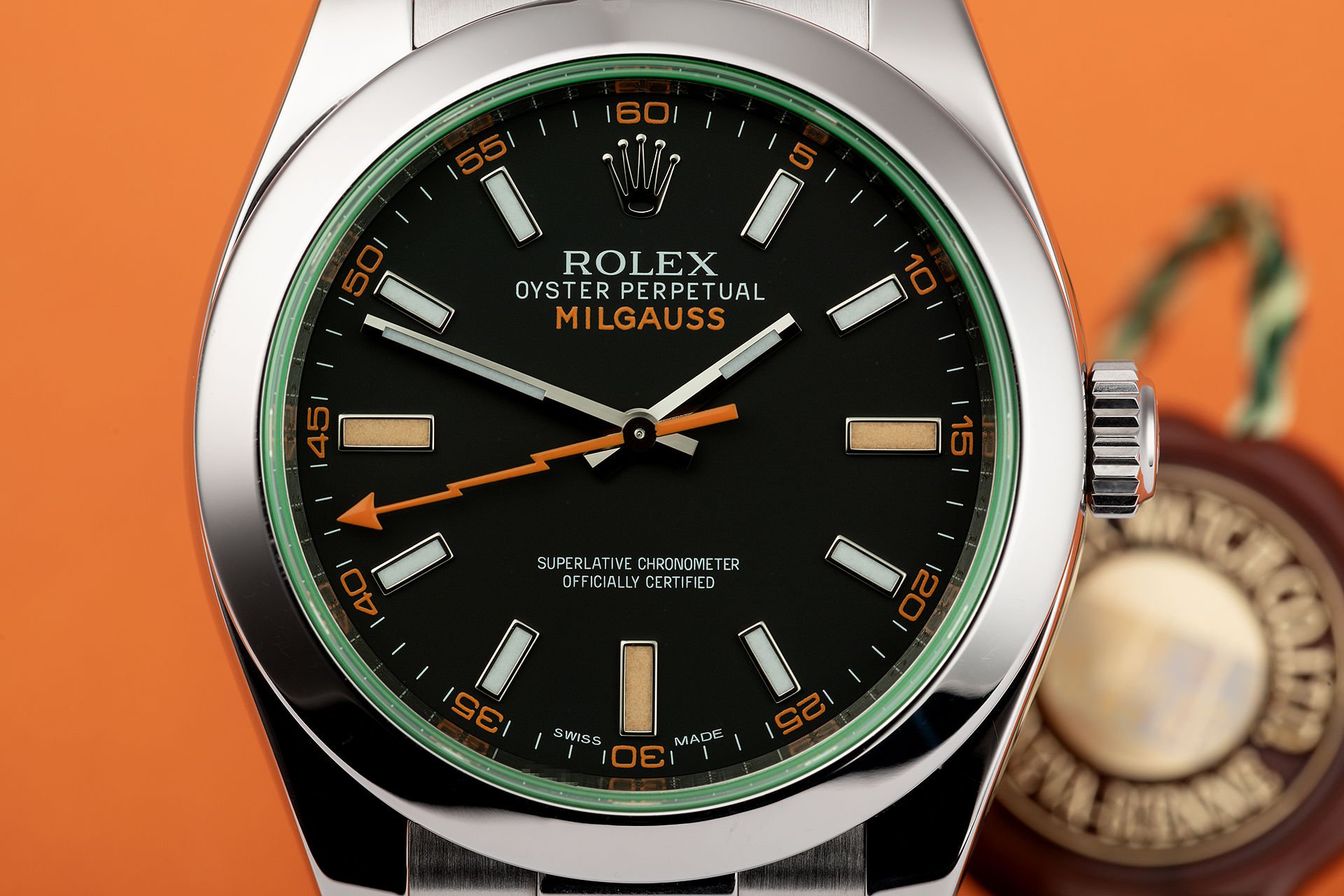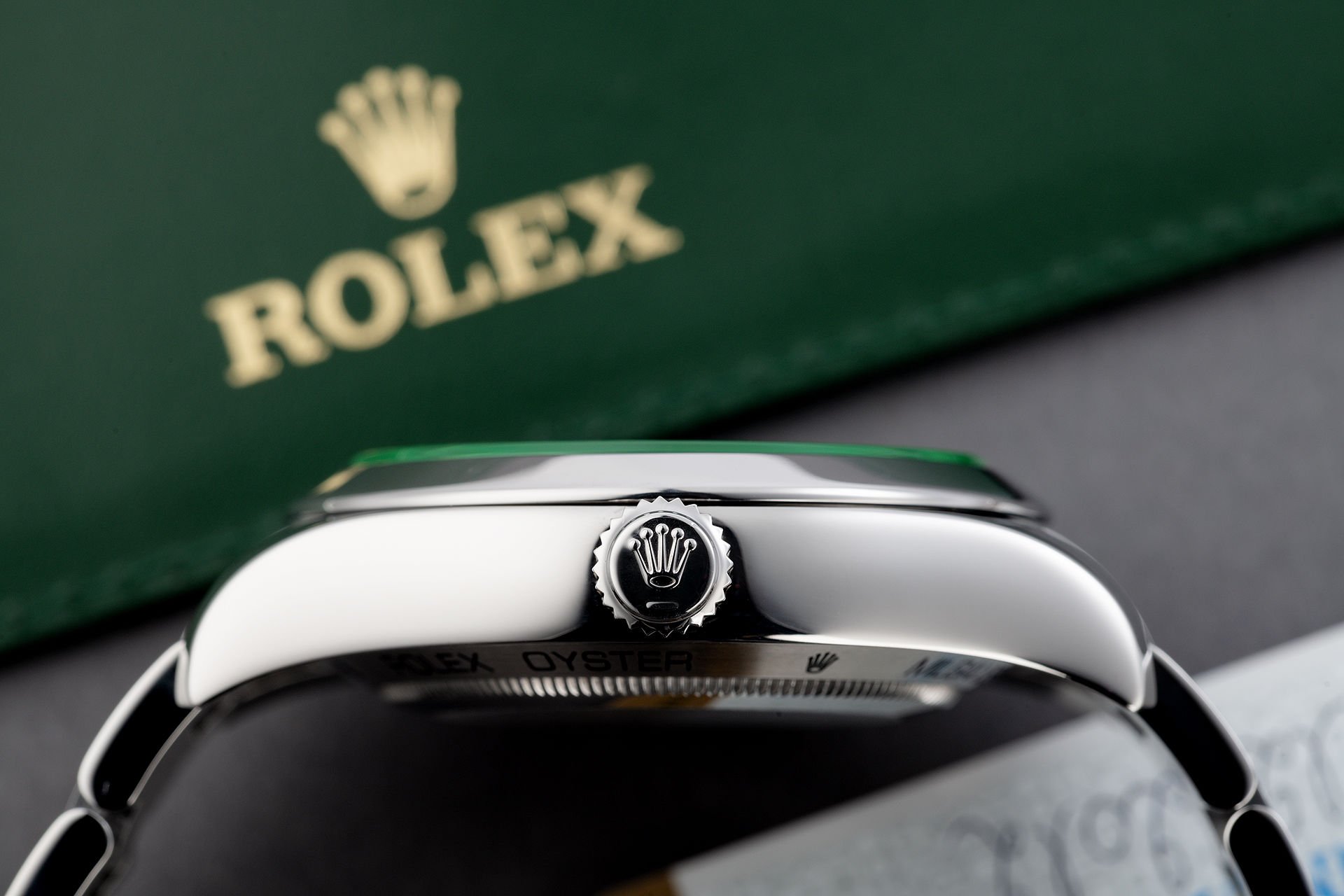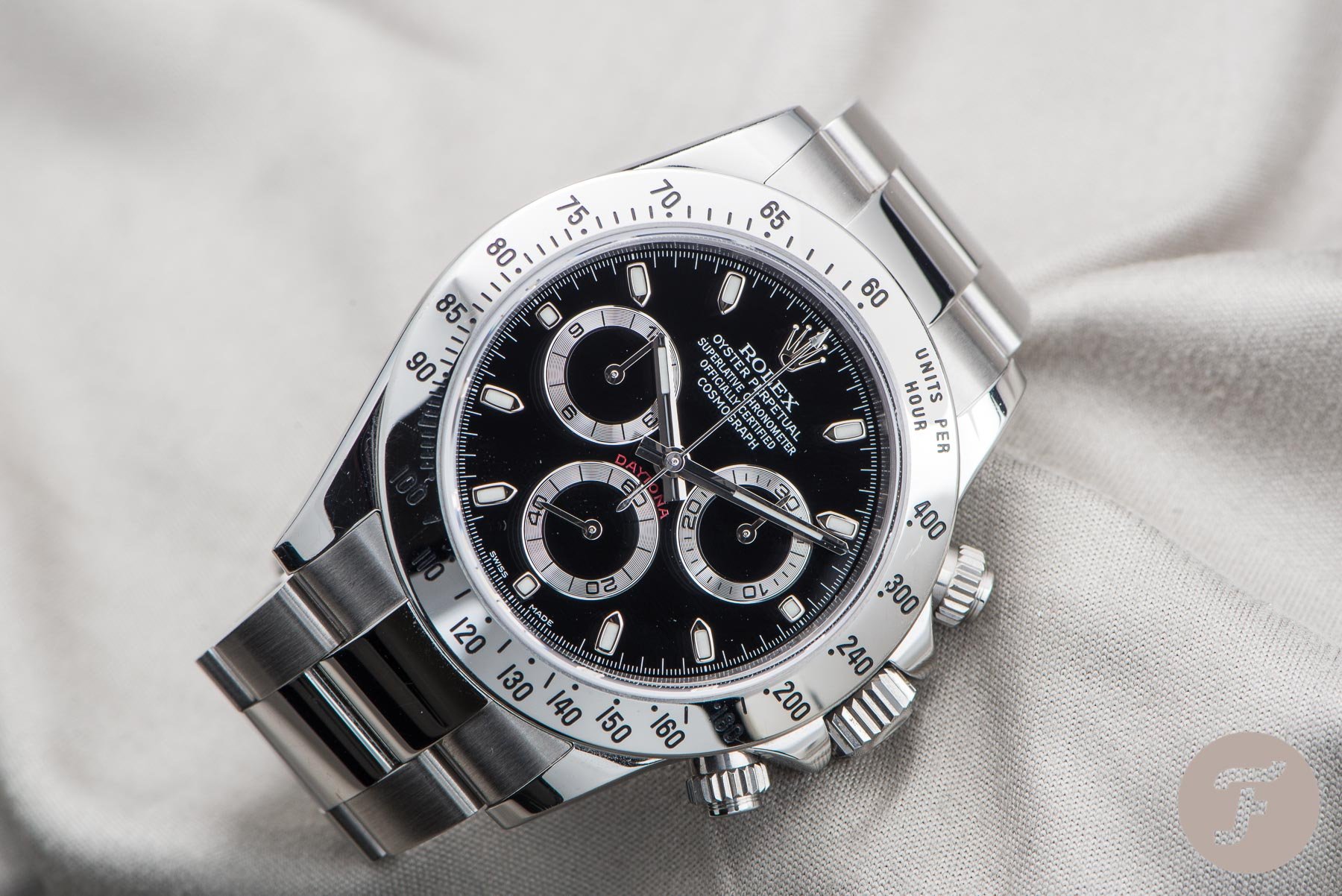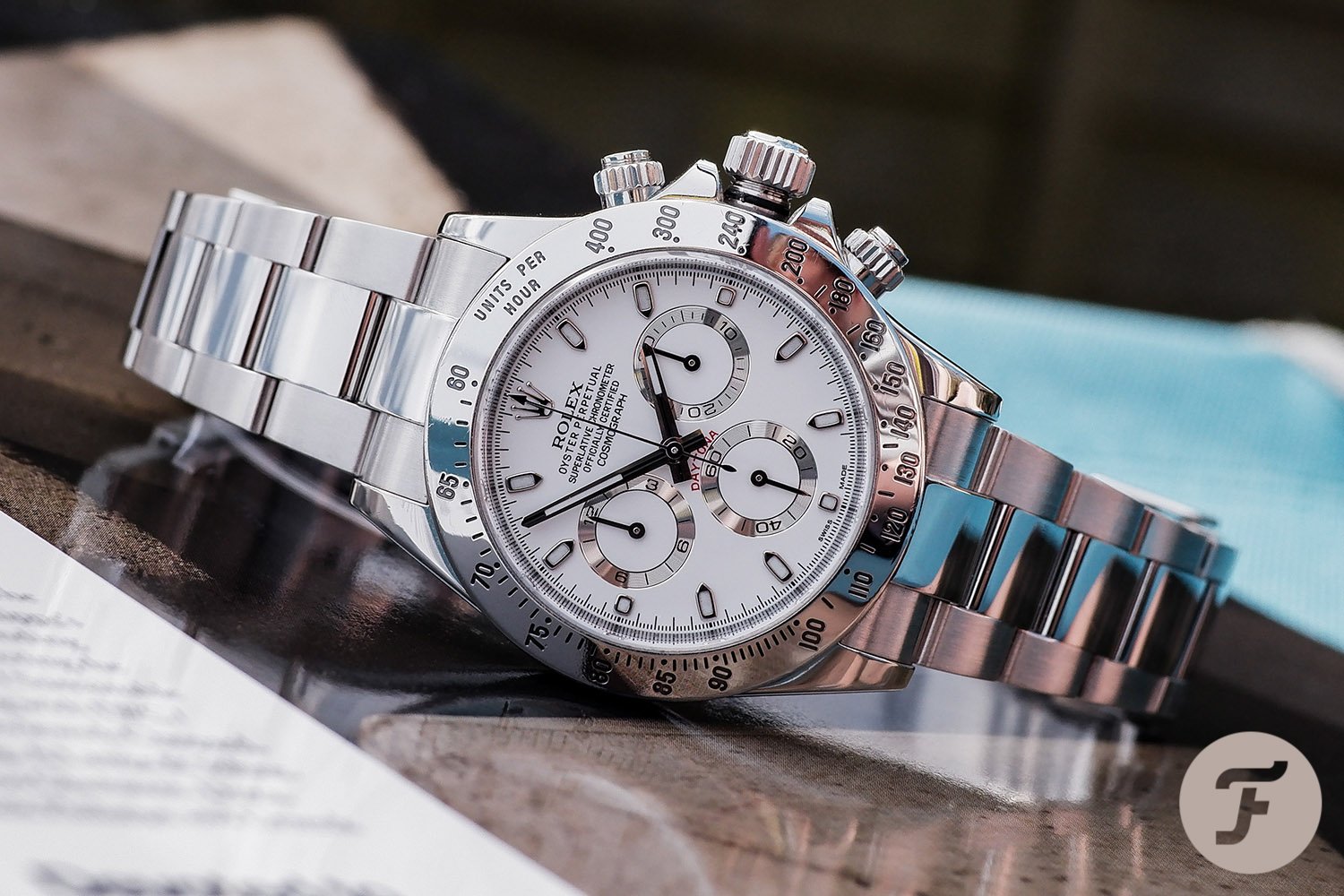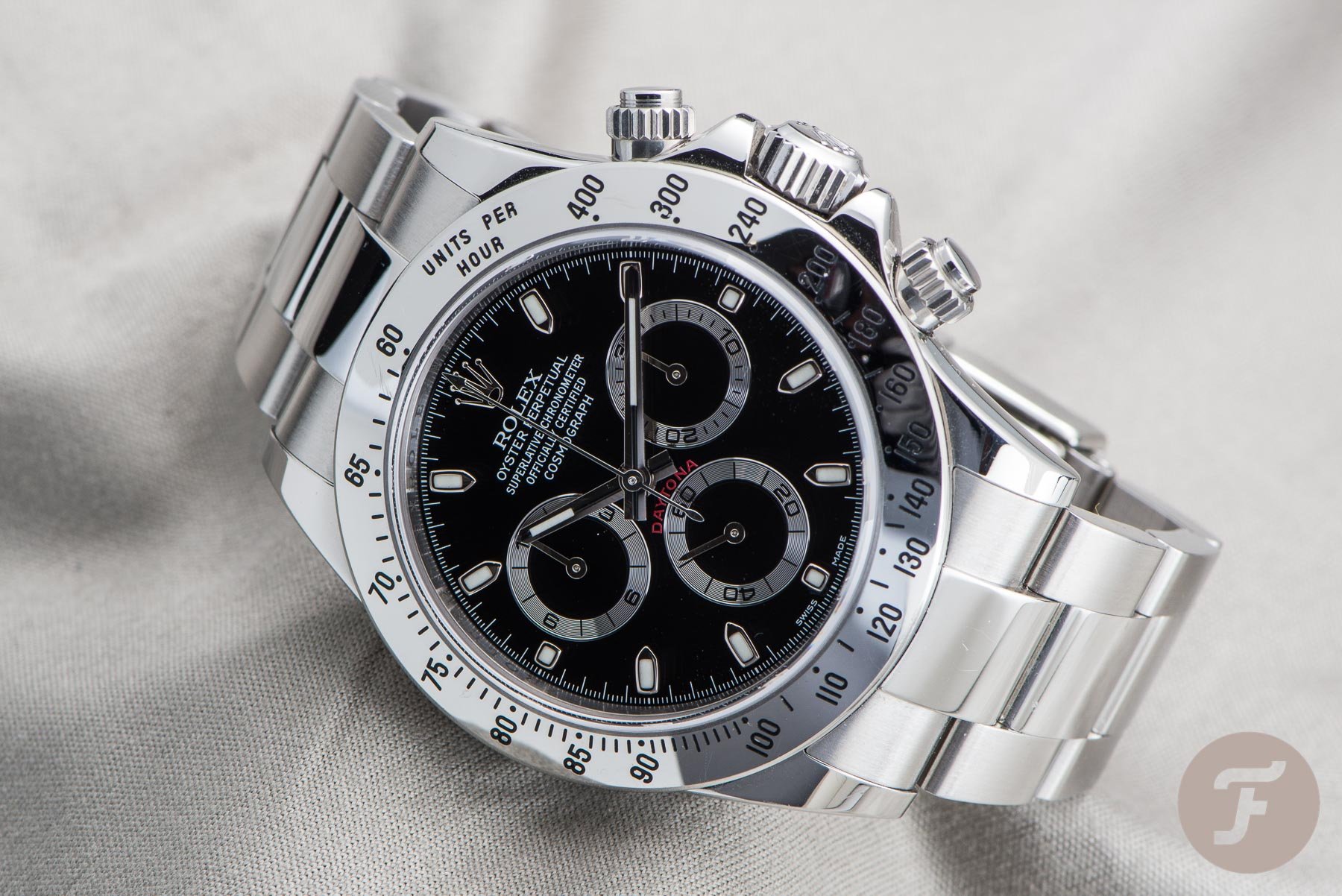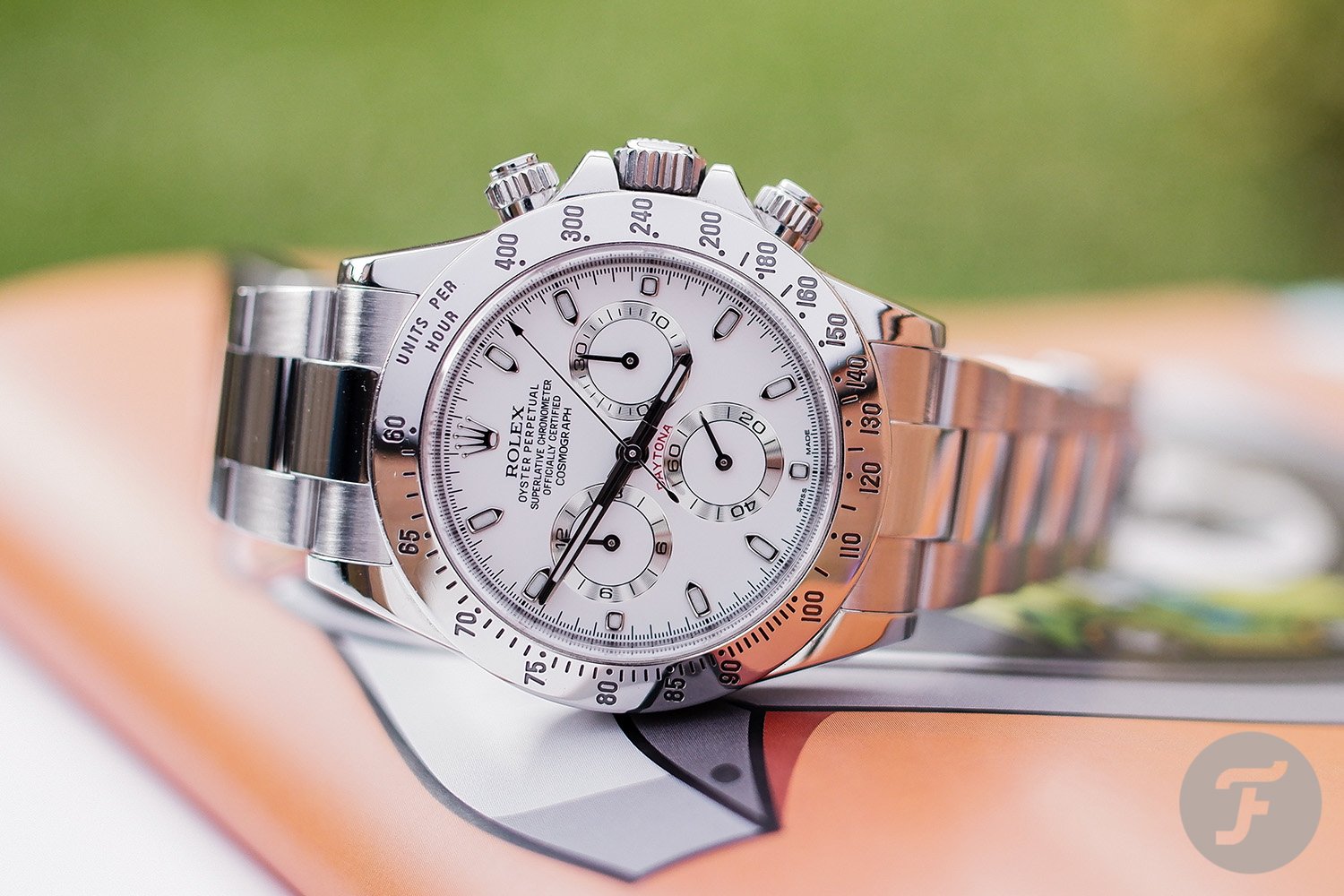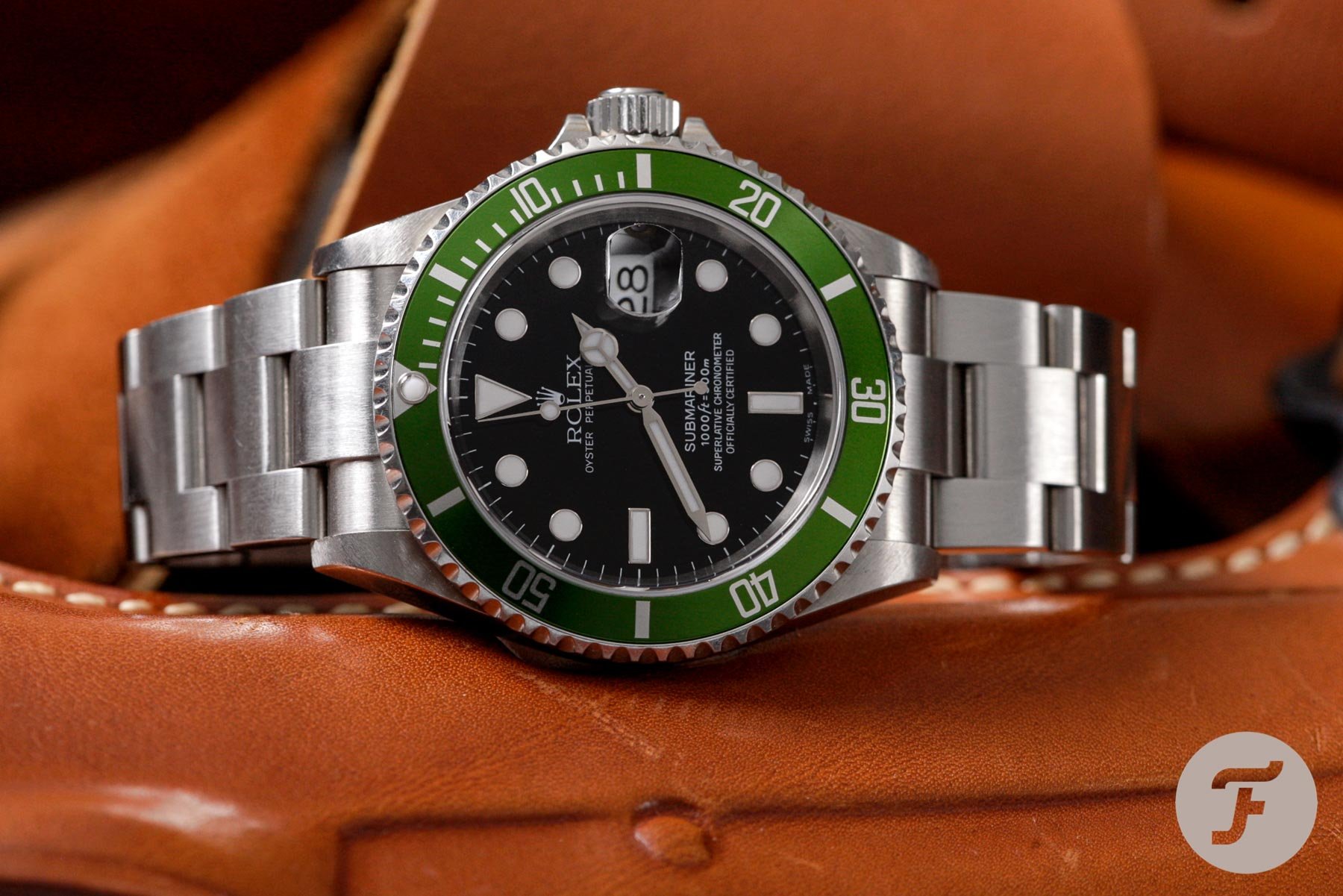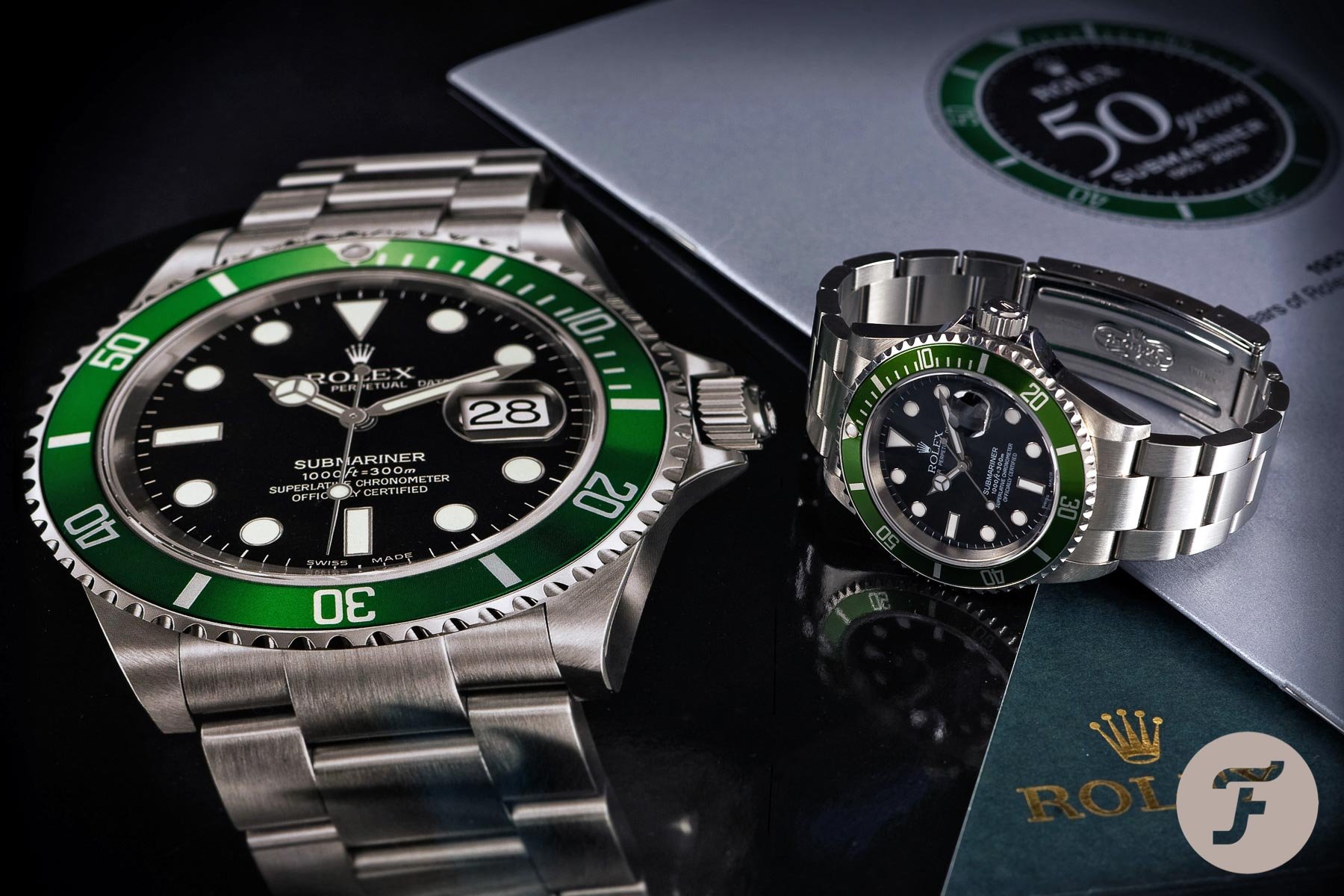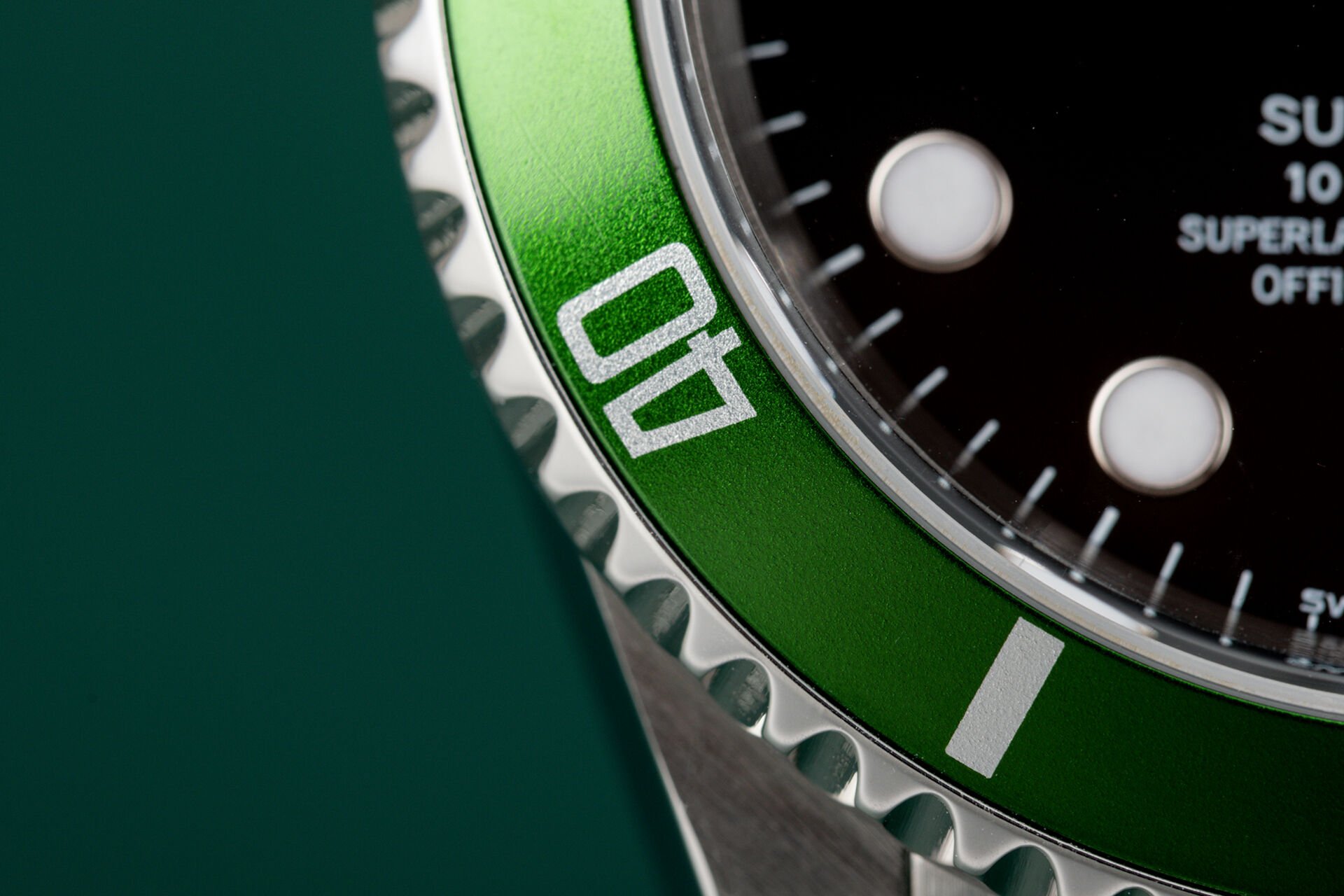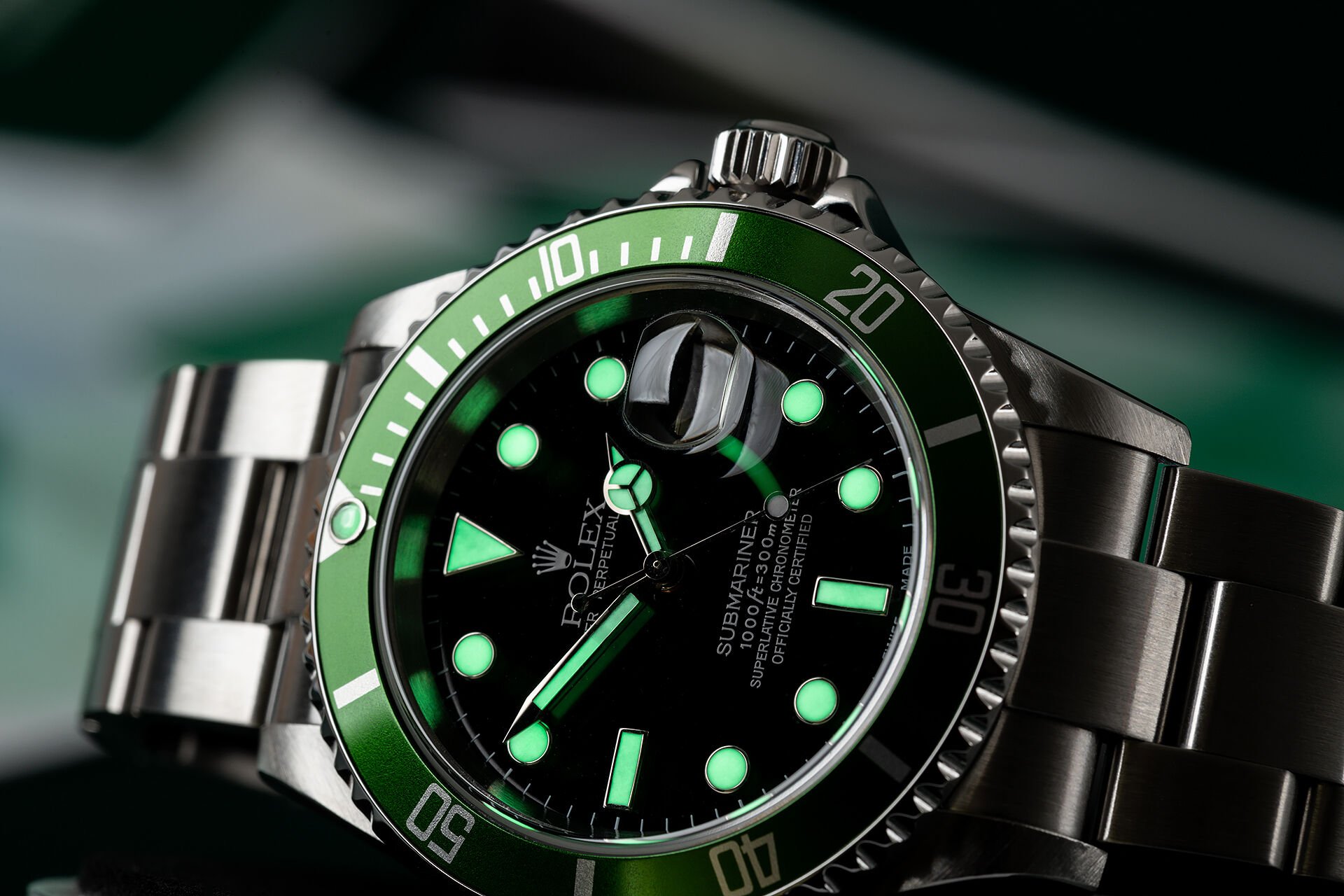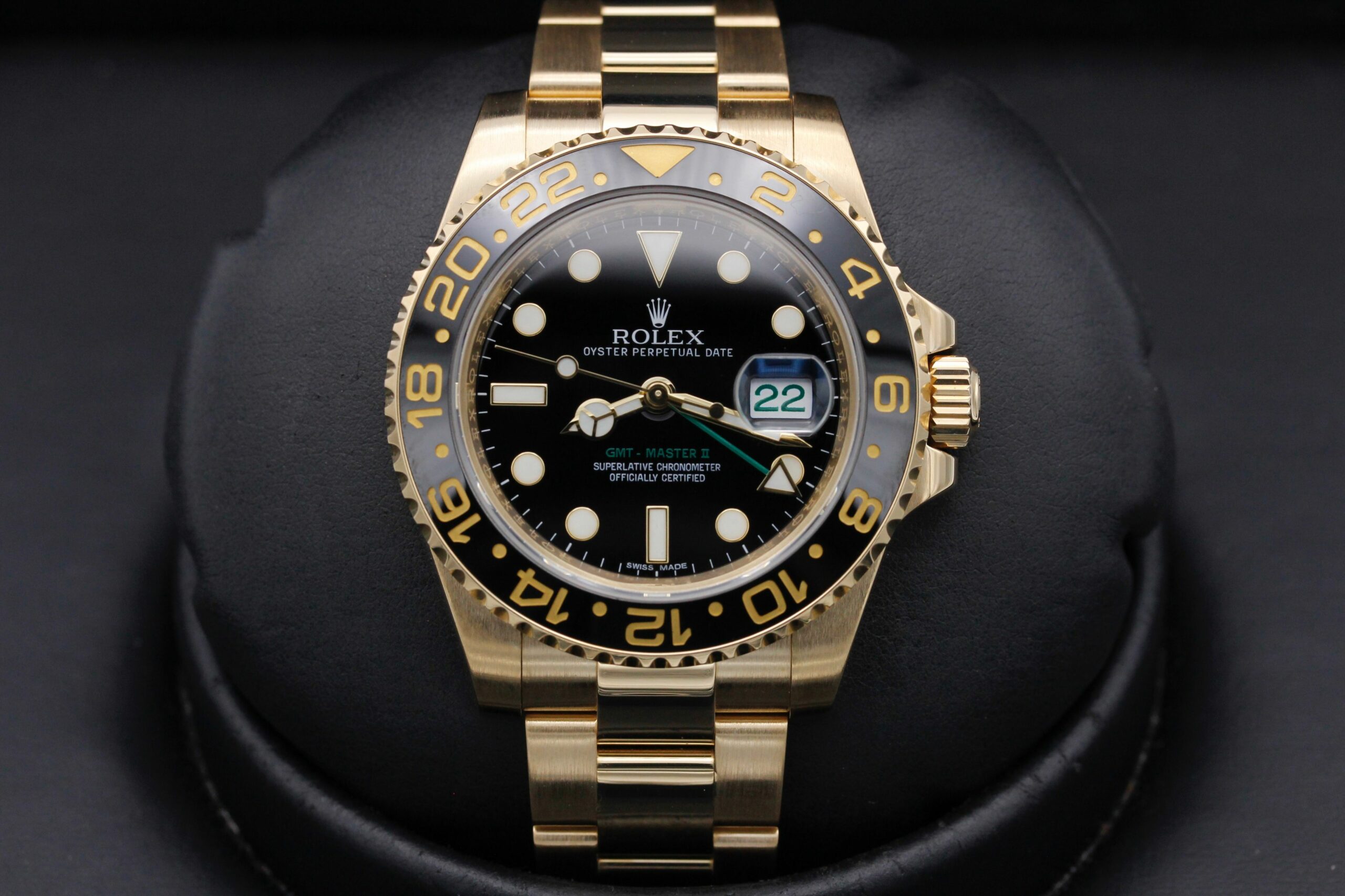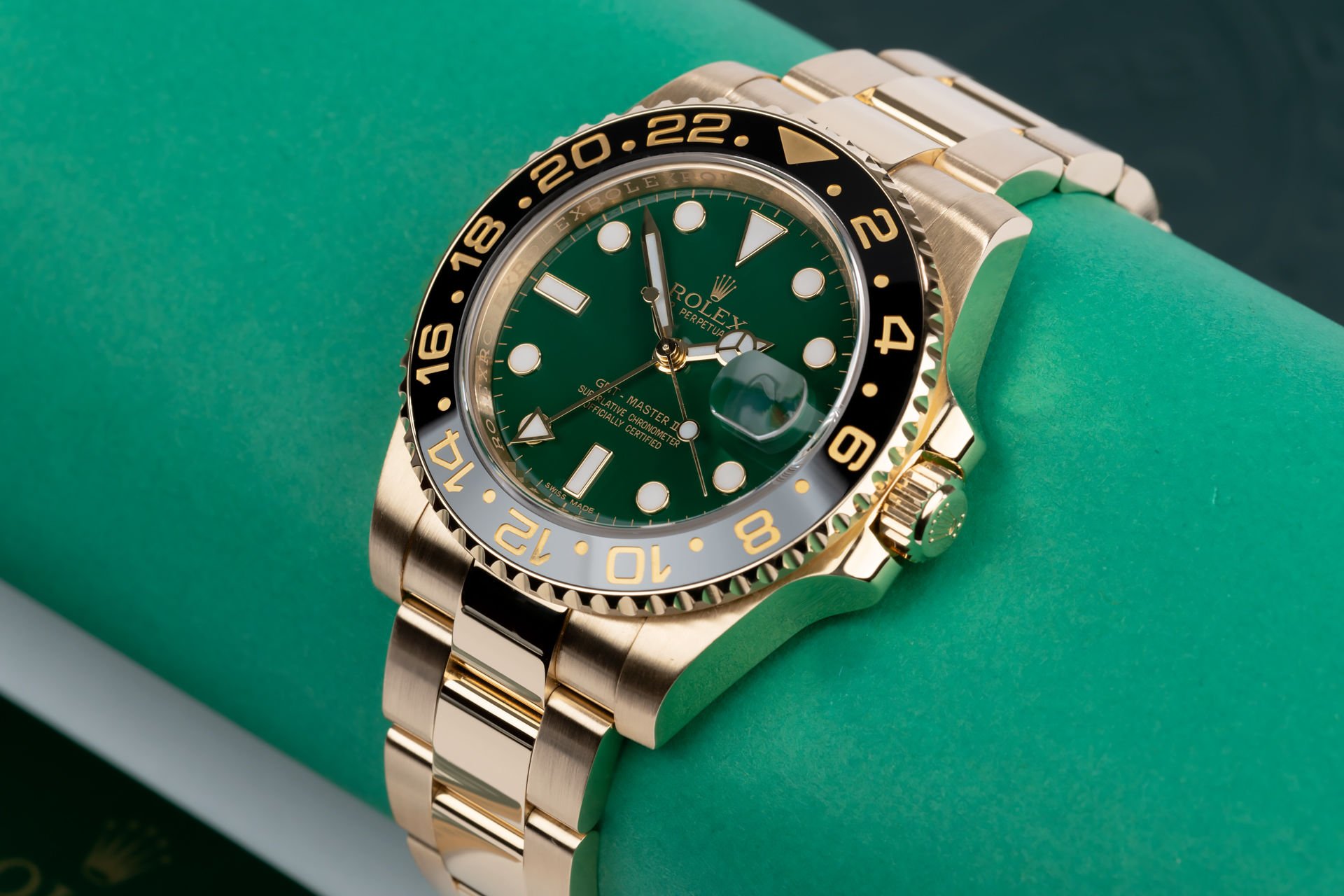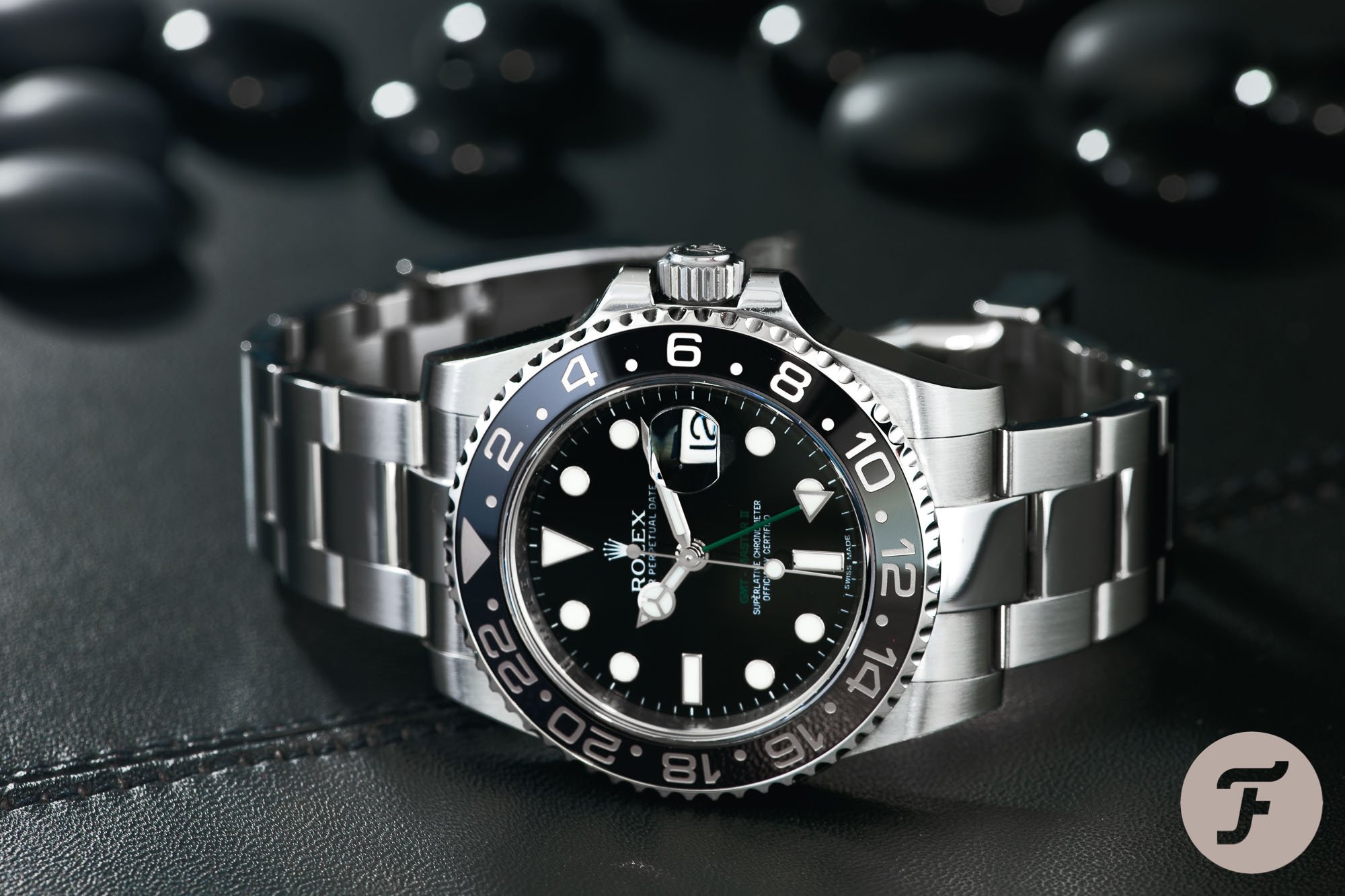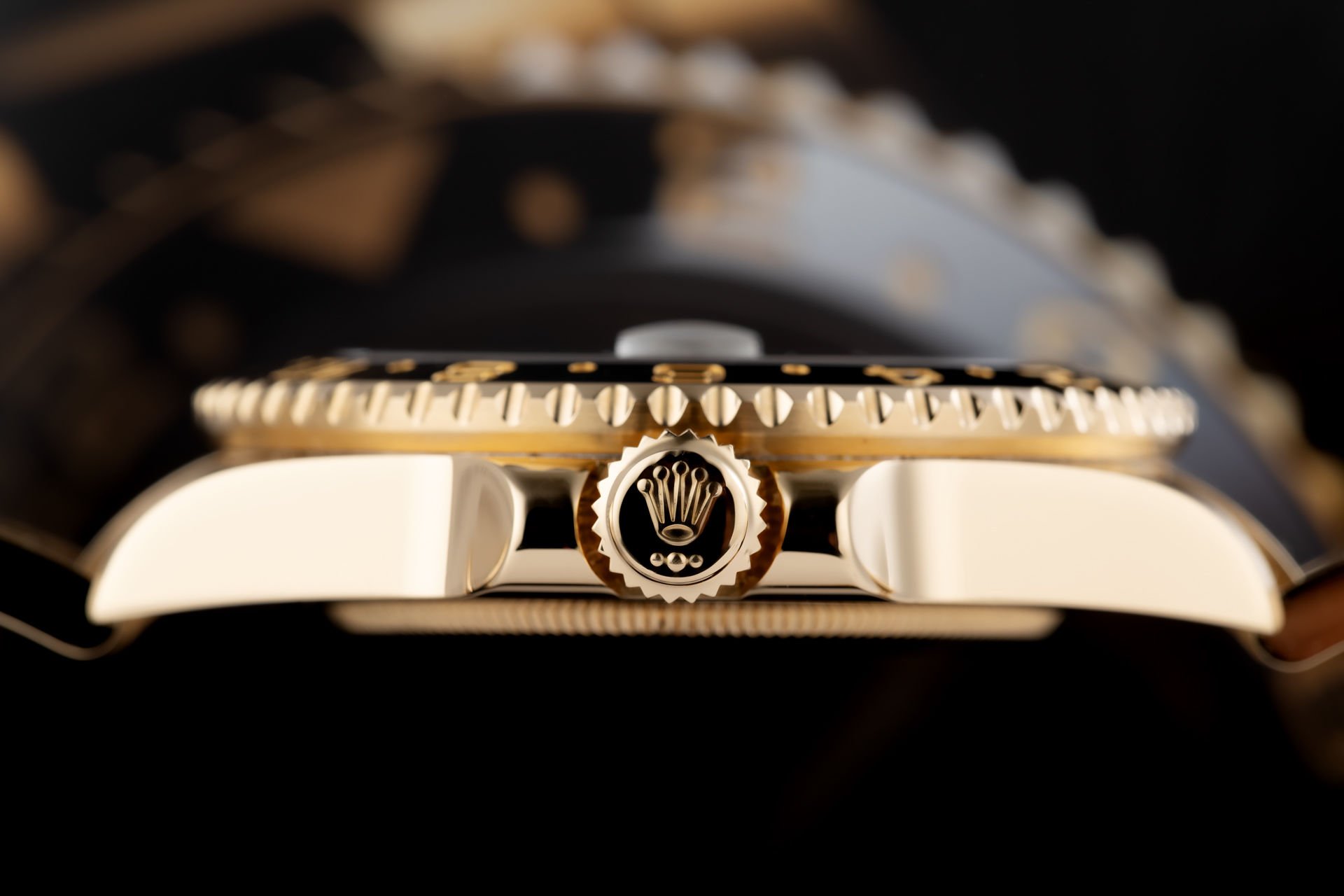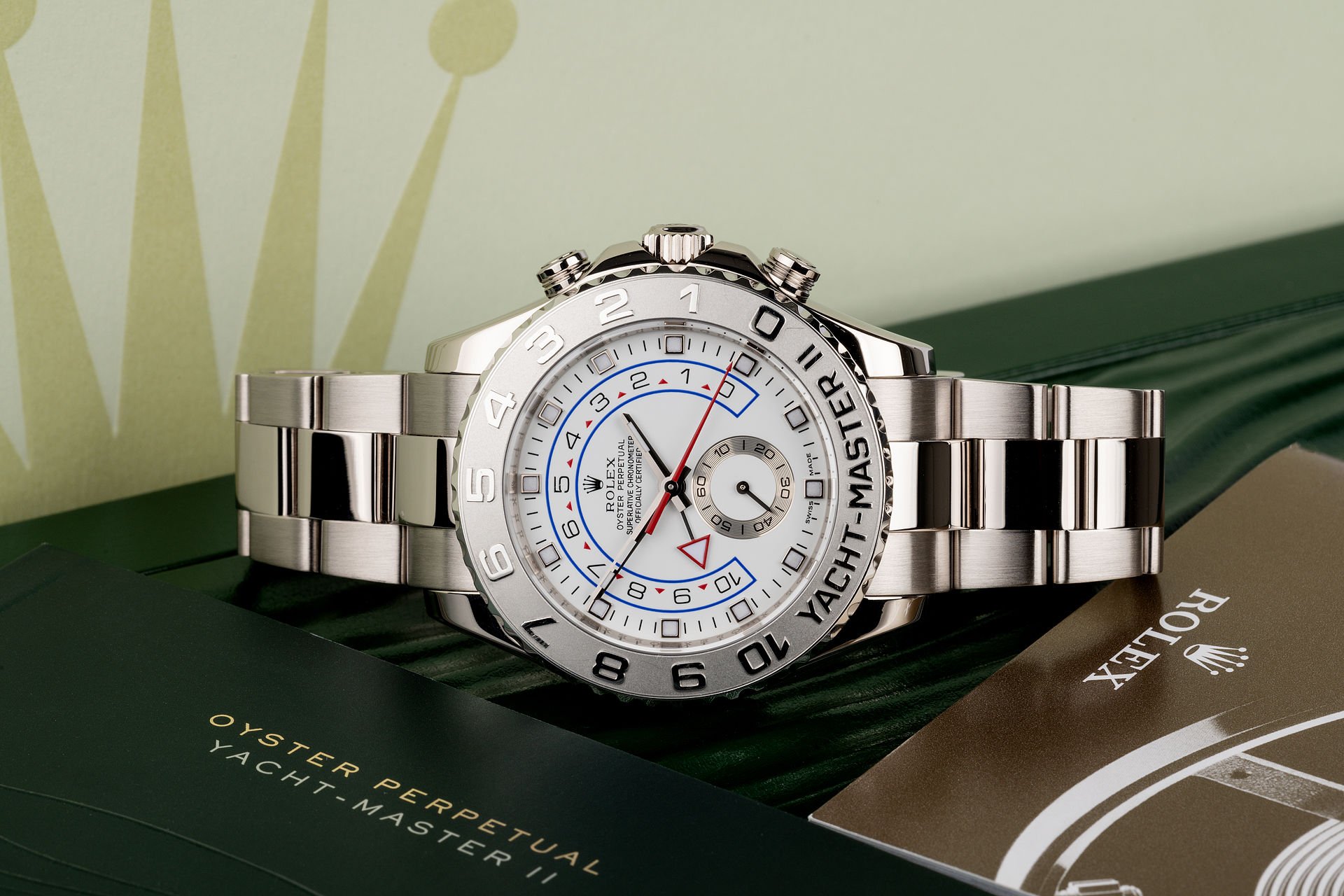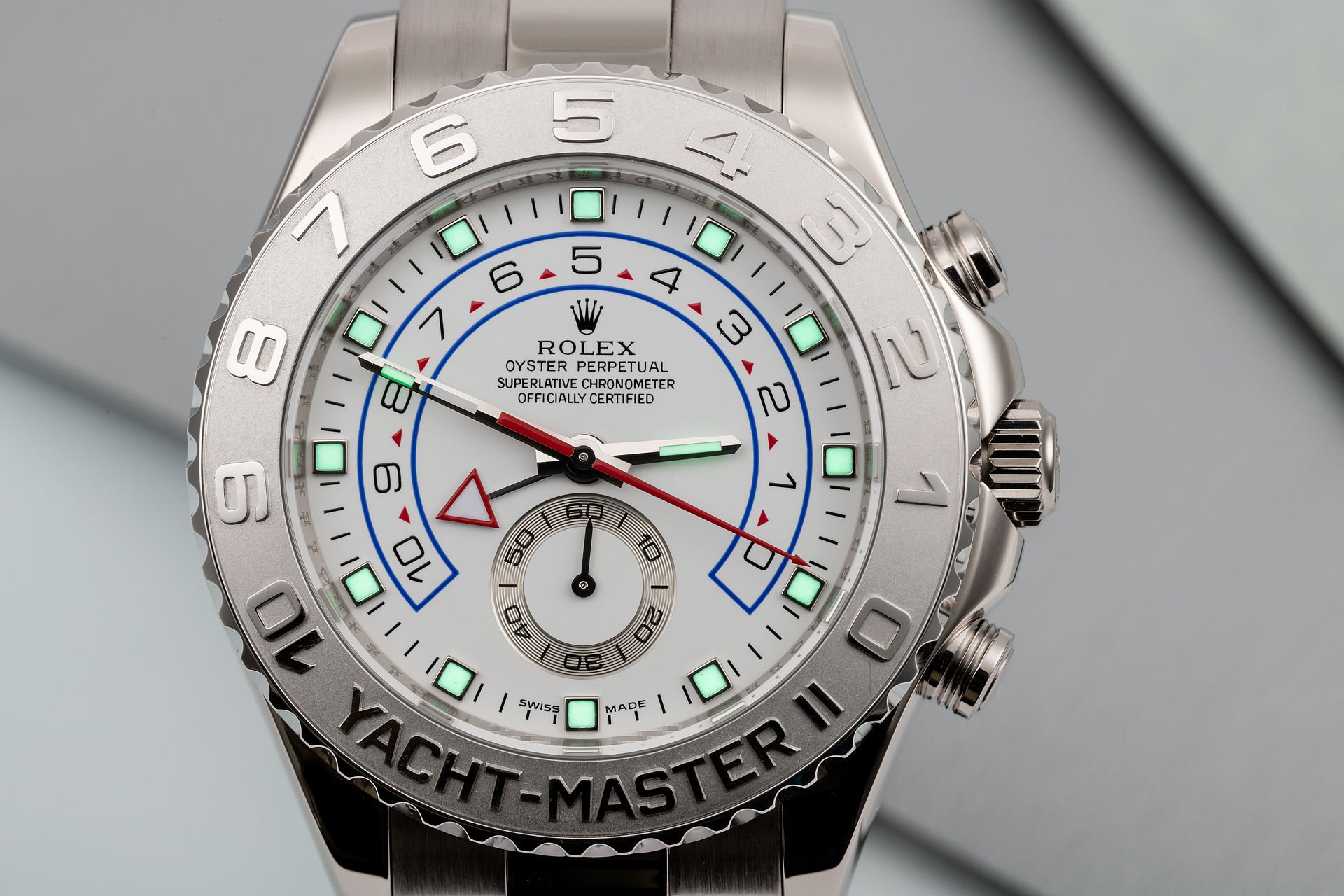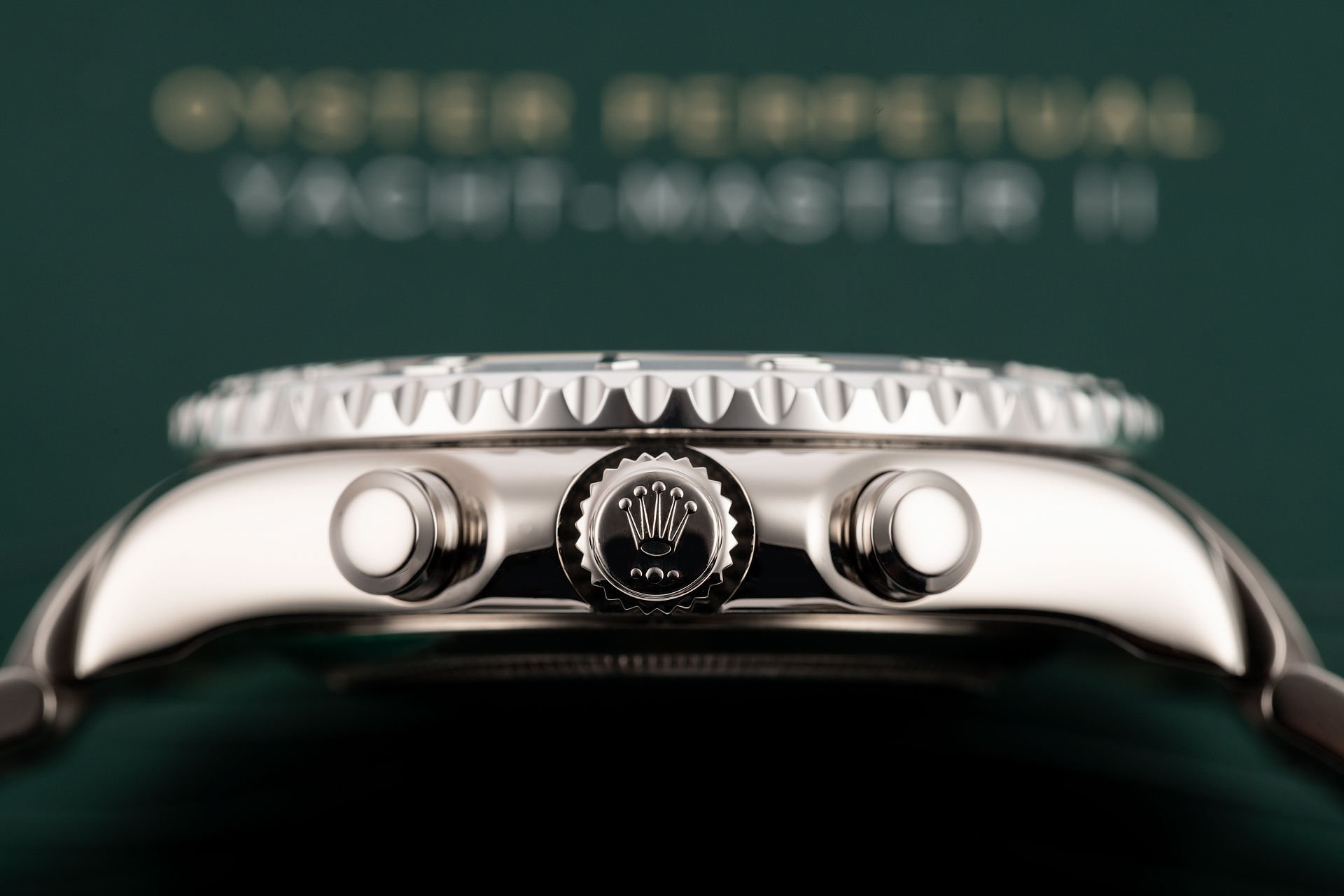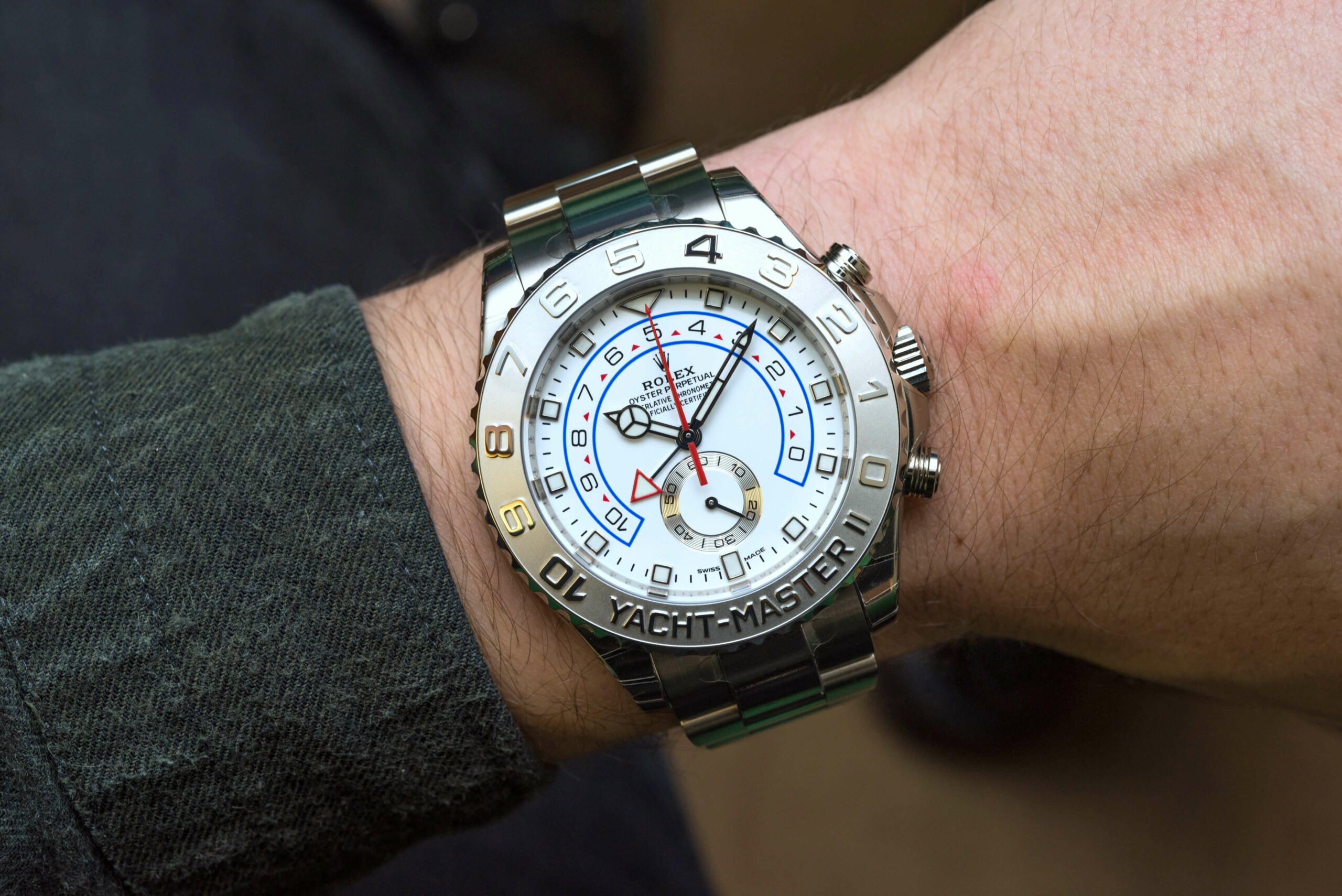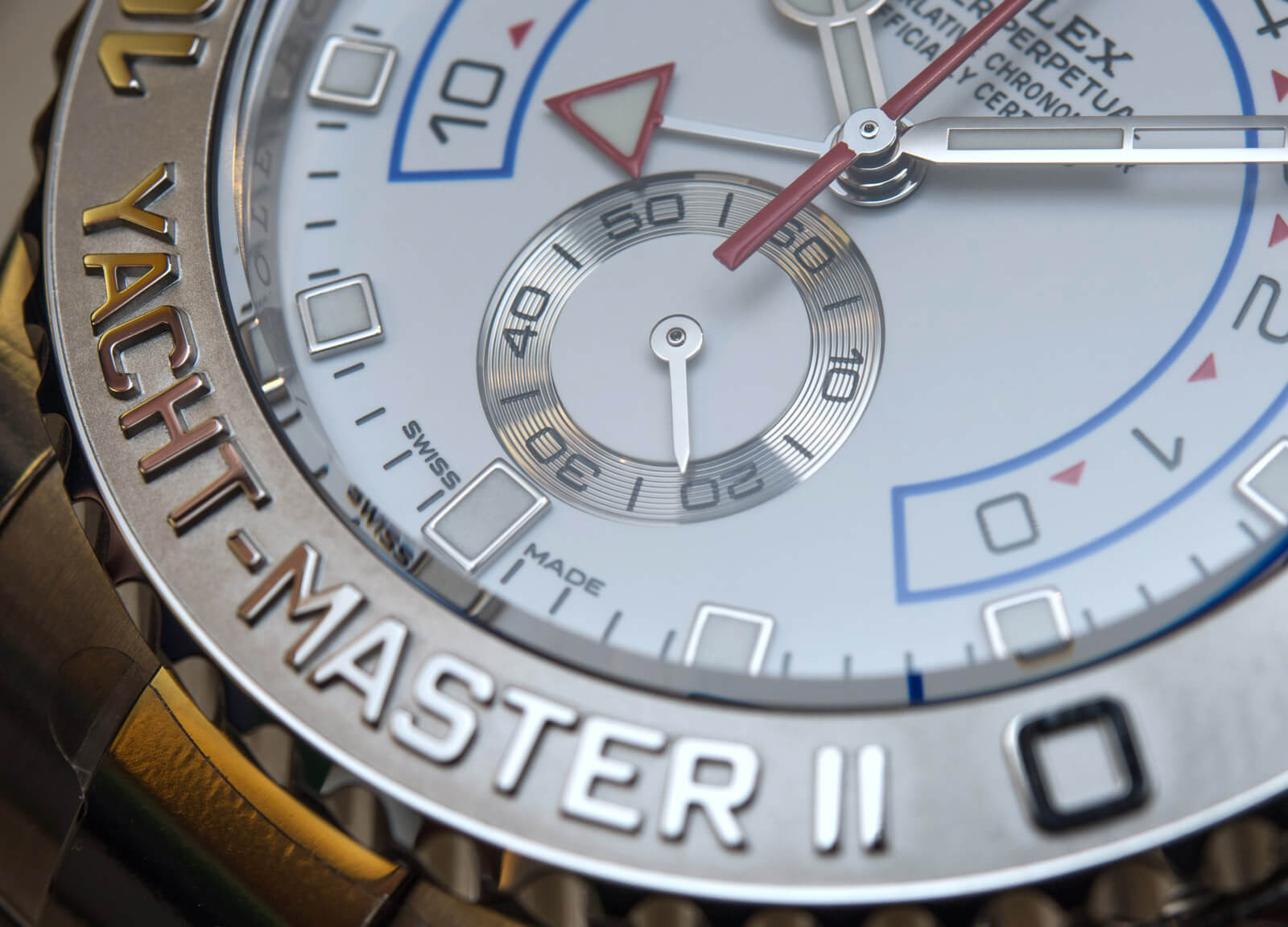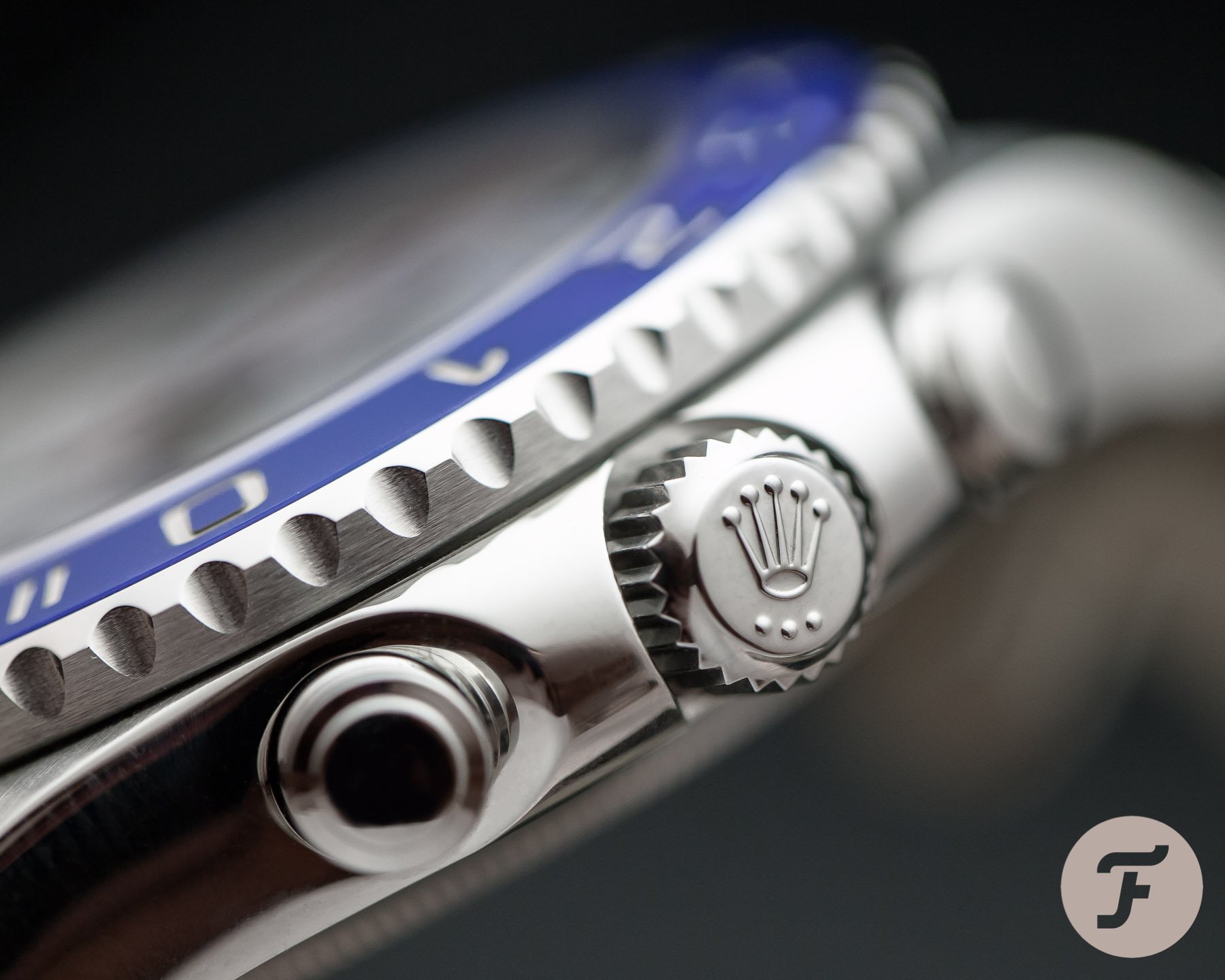Buying Guide: The Best Rolex Watches From The 2000s
We like to talk about vintage watches a lot within the Fratello team. Though most of what we write about is largely focused on the most recent releases and developments, for many of us, a lot of the fun can be found in the sometimes weird and often wonderful world of vintage watches. It’s a world full of history, remarkable watches, incredible stories, and quirky details. It inspired us to come up with a series of articles focusing on the best watches per decade from a select group of brands. Some of them are priceless, some of them still affordable. In this installment, we will take a look at the best Rolex watches from the 2000s.
By the turn of the millennium, Switzerland had proudly reclaimed its title as the watchmaking capital of the world. The 2000s, in many ways, formed the blueprint for the watch industry as we know it today. By the time the 2000s came around, mechanical watches were incredibly popular. Instead of just selling instruments that told the time, the major brands became cornerstones in the world of luxury goods, and the watch industry was thriving.
We saw brands being bought by conglomerates that turned into the luxury powerhouses they are today. But the 2000s was also the decade that saw the rise of independent brands alongside the industry’s big players. Small brands made it their goal to push the envelope of watchmaking in terms of design and technological developments. In the early 2000s, we also saw watches increase in size like never before. Panerai, Audemars Piguet, Hublot, and IWC enjoyed a great rise in popularity with their oversized watches. They will all be part of this last decade of the series, the best watches of the 2000s.
Rolex in the 2000s
Rolex was already the biggest watch brand in the world in the 1990s, but in the 2000s, the brand got an incredible boost in popularity. And not without reason, as the company invested significantly in innovation in the 2000s. With its first automatic in-house chronograph movement, the most complicated Rolex model ever produced until that point, new materials like the Cerachrom bezel and the blue Parachrom hairspring, the brand invested a lot in making sure it would be the leading force in the watch industry.
In the first decade of the new millennium, Rolex also introduced quite a few new models. There were not just the usual updates of the brand’s many icons, but rather, proper new models as well. Often, these had a familiar name attached to them. The Rolex Yacht-Master II, the Sea-Dweller Deepsea, and the Milgauss all took their places in the modern Rolex lineup. They were proof that the brand took it to the next level in the 2000s. So let’s not waste any more time and get this list going. This week, I will discuss six watches that all deserve a place on this list.
The Entry Point — Rolex Sea-Dweller Deepsea ref. 116660
Some of you will know that there is only one Rolex that I would love to own, and that’s the Sea-Dweller ref. 16600. It was my pick for the best Rolex watches from the 1980s. But after its discontinuation in 2009, the follow-up to my favorite Sea-Dweller was a huge slap in the face. People were stunned in 2008 when Rolex introduced the Sea-Dweller Deepsea ref. 116660, otherwise simply known as “the Deepsea”. The Sea-Dweller was no longer the Submariner’s bigger brother. The Deepsea looked more like its nephew on steroids. Rolex decided to take a different route with the Deepsea, making it bigger, bulkier, and improving its specs.
First off, the case size increased from 40mm to 44mm. A nice detail is that Rolex chose to use a titanium case back to ensure that the watch wouldn’t be too heavy. For the Deepsea, Rolex improved the water-resistance to a whopping 3,990 meters (or 12,800 feet). It was made possible by using a 5mm-thick sapphire crystal to withstand the pressure. Furthermore, it was equipped with an automatic helium valve at 9 o’clock. And lastly, Rolex equipped the watch with a visible Ringlock system that made it possible to keep its chunky presence limited to 17.7mm thick. Alas, its dimensions were by no means modest. People who have worn the Deepsea will know that it’s a proper chunk of steel.
A familiar movement
Next to improving its performance, Rolex also equipped the watch with a Cerachrom bezel, new Chromalight lume, and a new movement as well. The first-generation Deepsea was powered by Rolex caliber 3135. This movement has become one of the brand’s most well-known movements. It operates at 28,800vph and has a power reserve of 48 hours. As most of you will know, Rolex used the movement for almost 30 years before replacing it with caliber 3235 in 2015. Rolex updated the Deepsea in 2018 and equipped it with the new movement.
What more is there to say about the heavyweight of Rolex divers? It is an impressive watch that is a great professional diving tool. But as we all know, most of the Deepsea watches will not see the great depths of the seas of our planet. As a regular daily watch, the Deepsea is not for most people. It is too big, chunky, and heavy for most people to wear on their wrists. But the Deepsea has a large group of dedicated fans who like its big and bold presence. But it’s safe to say it’s a divisive watch and why it is the entry point of this week’s list. Finding a Deepsea ref. 116660 is not that hard, and you can expect to pay roughly between €10K and €15K. The “James Cameron” D-Blue edition with the same reference number was introduced in 2014 and starts at roughly €15K.
My pick — Rolex Milgauss ref. 116400GV
When I said there is only one Rolex model I am interested in, I might have been denying my truth just a bit. If the Rolex Milgauss ref. 116400GV were to cross my path at the right time, I would love to add it to my collection. After being absent from the collection since 1988, Rolex’s oddball watch for scientists was re-introduced in 2007. I still remember vividly that Robert-Jan and I walked through our hometown of The Hague on our way to the local Rolex AD to check out what was on display. As a nice reminder, at that time, the watches weren’t just for display. Believe it or not, they were actually for sale. While my attention was drawn to the Submariner, Sea-Dweller, and GMT-Master II, Robert-Jan called me over to look at the newly introduced Milgauss ref. 116400GV. It was also known as the “Anniversary” model with its spectacular presence.
At first, I thought this new Milgauss looked mostly out-of-character compared to the icons I was looking at just before. But there was something special about those funky dial colors, that quirky orange lightning bolt seconds hand, and that great green sapphire crystal. It was the green crystal that made an especially lasting impression. The combination of the black dial and the orange elements looked brilliantly weird. I did have to get used to it for a bit, but soon I loved it. Along with the version with the green sapphire, Rolex also introduced versions with both white and black dials with a regular crystal and the same reference number. Of these two, the white-dialed version became especially popular over time, but both lacked the cool factor of the green sapphire version.
Combination of looks and specs
But the newly introduced Milgauss was not exclusively weird. With a 40mm case a little over 13mm thick and the Oyster bracelet with polished center links, the watch had the specs to cater to a wide audience. Inside the case, Rolex equipped the watch with a Faraday cage like its predecessors to protect it from magnetic forces. Inside the inner case, Rolex used the automatic caliber 3131 equipped with a paramagnetic blue Parachrom hairspring to power the watch. The COSC-certified movement operates at 28,800vph, and has 31 jewels with 48 hours of power reserve. Additionally, the watch is water-resistant to 100 meters.
From the moment the Milgauss ref. 116400GV was introduced, it was a lot more popular than the two models with the regular sapphire crystal. The fact that it was the “Anniversary” model definitely helped with its overall appeal. While the regular black dial version was discontinued in 2014 and the white dial version followed in 2016, the green sapphire version stayed in the collection. It is still part of the current collection, along with the Z-blue dial version, and I would hate to see them go. The Milgauss duo brings something lighthearted and quirky to a mostly very serious brand. Finding a ref. Milgauss ref. 116400GV from the 2000s is not that hard. Expect to pay roughly €8.5K to €10.5K for one. It makes it one of the more affordable and most fun Rolex options out there.
Money is no object #1 — Rolex Cosmograph Daytona ref. 116520
The next watch on our list is the Rolex Daytona ref. 116520. Our own Ben Hodges proudly owns a white-dial version of this Daytona. It is known as the first Daytona reference that was powered by an in-house automatic Rolex chronograph movement. As such, it was the successor to the famous “Zenith Daytona” that started the era of the modern Daytona in the late eighties. This landmark Daytona made sure that every Rolex watch from that moment on was created completely in-house. The ref. 116520 came with a black or white dial. While Ben’s Daytona has a white dial, I prefer the black-dial variant because it contrasts better with all the other elements, creating something more exciting.
When it comes to specs, you get the standard set of specifications that most of you will know by heart. The watch features a 40mm case that is 12mm high. As such, it has the same height as the Submariner of those days. The ref. 116520 is the last stainless steel reference that featured a steel bezel. It gives the watch a somewhat more authentic presence than the current models with their Cerachrom bezels, and I actually prefer that.
In-house caliber 4130
Inside the case, Rolex equipped the watch with its all-new chronograph caliber 4130. The automatic movement operates at 28,800vph and has 44 jewels and a 72-hour power reserve. The movement was in development for five years, and Rolex made it a strict goal to reduce the number of parts for multiple reasons. It improved the overall performance and reliability and made it easier to service the movement. The movement uses 201 individual components, a reduction of 60% compared to the previous Zenith El Primero-based caliber 4030. Furthermore, it features a vertical clutch and a Parachrom hairspring. This hairspring provides greater anti-magnetic properties, as well as improved shock protection and temperature resistance.
The movement is a landmark in Rolex history and is still used for the current-generation Daytona models. When it comes to choosing between the current Daytona and this previous generation, I think I would prefer the previous generation because of the overall vibe. But that vibe is quickly ruined if you look at the current prices that this generation Daytona goes for. While it is slightly cheaper than the “Zenith Daytona” and significantly more affordable than the current ref. 116500, you’re still looking at prices roughly between €22K and €35K. Ben is bound to remain the only Fratello team member who owns this Daytona with prices like that.
Money is no object #2 — Rolex Submariner ref. 16610LV “The Kermit”
In the Rolex universe, the “choice” between the Kermit or the Hulk is not really a choice for me, to be honest. I will choose the Kermit every time, without the slightest hesitation. It’s an easy decision because the only Rolex Submariner with a green bezel I like is the original “Kermit” ref. 11610LV that was introduced in 2003 to celebrate the 50th anniversary of the Submariner. All the models featuring green bezels that came after that suffer from what, in my opinion, is a horrendously colored green Cerachrom bezel. That specific shade of green just looks awful, in my opinion. The Kermit from 2003, however, features an aluminum bezel that has a warmer, nicer color that creates a stunning watch in combination with the black dial. Last year, Robert-Jan compared the Kermit, Hulk, and Starbucks Submariners, where you can clearly see the difference in presence.
But the Kermit is not just the first Submariner with a green bezel. It’s also the first Rolex that featured the Maxi dial. Furthermore, it’s the first and only Rolex to feature the combination of an aluminum bezel and a Maxi dial. This combination of the “old” aluminum bezel and the modern Maxi dial created something very nice. Rolex enthusiasts were not immediately jumping on them when the watch was first released. But it did not take too long before people realized that this was a pretty special Submariner with a unique color combination. These days, the Kermit is an iconic watch that many collectors will pay a lot of money for. But we’ll get to that.
A true collector’s item
Inside the 40mm case, Rolex equipped the watch with caliber 3135 that I talked about earlier when I discussed the Deepsea. It is more interesting to quickly point out different versions of the Kermit, as Rolex collectors like to distinguish the different bezel variations Rolex produced in its 7-year production run from 2003 to 2010. Early models featured a so-called “Flat 4” bezel. “Flat 4” means that the 4 of the 40 on the green bezel has a flat top. Additionally, there are slight variations in the green color, with some turning olive green over time. These are commonly referred to as a B1 inlay or a “Bertolli” bezel.
As you would guess, prices for the “Flat 4” models are significantly higher than those that came after. It’s why you will see a wide price range for the Kermit. It starts at roughly €15K but quickly moves up to €35K-€40K for the rarer variations that you can buy new as a full set, unworn with box and papers. As I said, I love the Kermit as it’s a special model that brought something new and different to the world of the Submariner. Having said that, seeing the current asking prices makes this another model that will be deleted from my wishlist indefinitely.
Money is no object #3 — Rolex GMT-Master II ref. 116718LN
Usually, I tend to go for the stainless steel versions of Rolex’s biggest icons. But it’s not always necessary, as proves this Rolex GMT-Master ref. 116718LN. It was the first Rolex watch equipped with a ceramic bezel, a “super case”, and a Triplock crown. Therefore it is very relevant for the most remarkable models from the 2000s. The ref. 116718LN was introduced at Baselworld 2005. It came with the option of a black dial and black bezel or a green dial and black bezel. The latter, which marked the 50th anniversary of Rolex’s famous GMT-Master, is especially a stand-out combination of colors. For a long time, it wasn’t considered “hot property”, but with the current Rolex craziness, this model has also caught the eye of collectors.
I would prefer the version with the black dial because it creates this great combination of black and gold. But the traditional black-dial version also has its stand-out elements. Just look at the green details that it came with. The green GMT hand, green writing on the dial, and even green numerals for the date display make for a remarkably quirky watch. Compared to the green-dial version, maybe even a bit quirkier because that one features simple gold hands and gold writing on the dial. But this generation of the GMT-Master II is more than just the new bezel and color combo. As mentioned, it’s also the first Rolex model with the “super case” that was later introduced for more Rolex watches. The 40mm case silhouette was much more present due to fatter lugs, a wider bezel, and a thicker overall profile.
Not a new movement
Rolex also introduced the Triplock crown and solid bracelets with solid center links, solid end links, and an upgrade in the quality of the clasp. The gold versions were introduced in 2005, as mentioned. In 2006, the two-tone versions followed, and in 2007, the stainless steel ref. 116710LN debuted with its all-black aesthetic with green details. Inside the case, Rolex used caliber 3186 to power the new GMT-Master II. This was not a new movement as it had been introduced for the later models of the previous ref. 16710. The movement operates at 28,800vph and has 31 jewels and a power reserve of 50 hours. It features a date display at 3 o’clock, a 24-hour hand, and a jumping 12-hour hand for timezone adjustment while traveling.
As mentioned, the green-dial 50th anniversary model of the ref. 116718LN has been growing in popularity over the last one or two years. It’s why it is more expensive than the black-dial gold model. Prices for the full black ref. 116718LN start at roughly €40K and move up to €50K. The green dial version goes for roughly €45K to €60K. A quick check on Chrono24 tells us that there is double the number of green-dial versions on offer compared to the black-dial variant. Still, it is more affordable. It is further proof that you can’t beat the hype. Hype or not, it doesn’t take anything away from the fact that this yellow gold GMT-Master II ref. 116718LN is a landmark piece for the brand and one of the most important introductions of the 2000s.
Money is no object #4 — Rolex Yacht-Master II ref. 116689
The last watch on this list is the Rolex Yacht-Master II ref. 116689. When the Yacht-Master II was unveiled in 2007, it was presented in a yellow gold version (ref. 116688) and a white gold version with a platinum bezel (ref. 116689). It’s the latter that is my pick for this list. Why did I pick this version? Because it maintains this special feature of combining a full platinum bezel with another metal, just like the steel-and-platinum Yacht-Master ref. 16622 that I picked for the best Rolex watches of the 1990s. I love this understated look when the materials are far from understated by nature.
The Yacht-Master II. What to think of it? It’s a watch that has mostly lovers and haters. While I am not a “lover” per se, “hater” is also such a strong word. But I must admit that it is amongst my least favorite Rolex watches along with the current Air-King and the Sky-Dweller. What can I say? I like my Rolex watches clean and iconic, rather than big and loud. And a lot is going on with the 44mm Yacht-Master II dial. When the watch was introduced in 2007, Rolex purists were not fans of it. It was big, loud, and featured its name on the bezel — everything that purists hated. However, it was more than that. The Yacht-Master II was developed to assist skippers in keeping track of time during the complicated starting sequence of a sailing regatta.
An interesting complication
Mike wrote an article about the Yacht-Master II in his series “Wrist Game Or Crying Shame,” where he shines a more in-depth light on the watch and its functions. But the dial design is a result of the regatta countdown timer. This functionality allows the watch to count backward from a specific starting point up to a maximum of 10 minutes. It’s a feature useful for sailing crews participating in a regatta, as the start of a race happens in stages. Additionally, the watch can correct the timer with a flyback/fly-forward function if it happens to fall out of sync with the official regatta reference timer. And lastly, the watch features a mechanical memory, allowing you to reset back to the specified original countdown point at any time.
You get access to this functionality by the Ring Command Bezel directly connected to the Rolex caliber 4160. Essentially, the bezel serves as an on/off switch for the timer. Rotating the bezel 90 degrees allows you to access the timer, which is, in turn, set through the crown. Turning the bezel back into place locks the timer and activates the memory function. You can then operate the watch like a standard chronograph. The top pusher activates the start/stop functionality, and the bottom pusher operates the reset or the flyback/fly-forward functions. Rolex made this possible by heavily modifying the Caliber 4130 that was used and is still used for the Daytona. It operates at 28,800vph and has 42 jewels and a 72-hour power reserve. It’s an unusual movement with an interesting complication that really shows Rolex’s technical skills.
Going below its list price
Is it also a useful complication? Most Yacht-Master II owners will not use its countdown regatta timer for its intended purposes. But neither do owners of a Submariner or a Daytona. The Yacht-Master II ref. 116689 is a luxury statement, first and foremost. Its 44mm white gold case and bracelet and the platinum bezel might give it a somewhat understated look compared to its full yellow gold brother, but it’s in no way a simple watch. Remarkably enough, the white-gold-and-platinum version is more affordable than the full yellow gold version. The white gold ref. 116689 goes between roughly €30K and €50K, while the yellow gold ref. 116688 goes for prices between €40K and €55K. It makes the white gold Yacht-Master II ref. 116689 one of the very few Rolex sports watches that goes for less than its initial and current list price.
Final Thoughts
Because it is Rolex, there are always more interesting watches that could have been on this list. It is essential to know your history and be aware of all the details regarding the vintage Rolex model you would like to add to your collection. Many of the original parts were replaced when vintage Rolexes were serviced. Your chances of finding a model with replaced hands, dials, and crystals are very real. On top of that, there are plenty of fake and Franken pieces that could spoil the fun.
So read about vintage Rolex pieces online and get to know all the little details, variations, and remarkable stories. There are also plenty of books, like the famous Rolex books by Mondani, that are a great reference for your research. And contacting a vintage expert to make sure you will not be disappointed will also help greatly. It’s a great way to learn more about a watch and get to know some amazing people along the way.
Next week, we will take a look at some of the best Omega watches from the 2000s, so keep an eye out for that. In the meantime, let us know what your favorite Rolex from the 2000s is in the comments section down below!

